DRIVE DIVE DEVOUR
Nasa level 9 tour – johnson space center.
May 5, 2015 By Brandon 4 Comments
When I arrived at the Johnson Space Center for my tour, I skipped the ticket lines outdoors and went directly inside to the information desk. There I got my VIP Pass and ticket good for two days: one day to do the tour and one day to come back and see the rest of the Space Center. At our scheduled time, we met in the back of the space center and had our pictures taken for security purposes. We then boarded a small 12 person bus with our tour guide and driver who was also a tour guide. We would use this bus all day, so we could leave our belongings in it and only take what we needed. We were allowed to take cameras into all buildings, but some buildings did not allow any bags but they could be safely locked in the bus.
When you enter the space center property, the first things you expect to see are astronauts and scientists. Instead, you see longhorn cattle! This is because of a joint venture between NASA and the local school district to provide land for the students to raise cattle.
Only in Texas would a space center have longhorn cattle.
The first stop on our tour was actually off of the NASA campus. We headed over to Ellington Field which is home to various reserve branches of the military, as well as NASA’s Neutral Buoyancy Lab (NBL). As a scuba diver, this was, of course, the place I wanted to see most of all. On the short ride over, our tour guide who grew up in this area during the height of the space race told us stories of his parents packing them all in the station wagon to drive by John Glenn’s and Neil Armstrong’s houses to see if they were out mowing the lawn. He shared with us a bit of what it was like when astronauts were regarded as celebrities and the race to the moon was on everyone’s mind.
The Neutral Buoyancy Lab is where the astronauts can come as close as possible to the weightless environment of space and do dry runs (or would that be wet runs) for missions on the International Space Station. Here astronauts can work on 100% accurate full-scale models of the actual space center components. Teams of scuba divers accompany the astronauts to help them move into position under water. I could see myself doing that job one day!
If you are lucky, you may be there on a day when astronauts are in the tank working. No one was in the tank this day, but it was still very impressive. Sitting just outside the tank is the new Orion Module waiting for testing. This will soon replace the space shuttle for missions to the Space Station and keep us from having to pay the Russians for a ride. It’s interesting that they are going back to a capsule system rather than a shuttle.
Orion Module awaiting testing in the NBL
Unfortunately due to some shenanigans involving someone thinking it would be funny to jump into the pool, NASA has made the floor level off-limits to tours, so the only view of the NBL is from above.
The next stop, on the other hand, puts you up close and personal in building 9 – the robotics building!
Walking into the building, we were immediately face to face with the Mars Exploration Vehicle Prototype. I had seen this vehicle in various documentaries before. To be this close to the Mars vehicle is my equivalent of a 10-year-old girl meeting Justin Beiber (Or whatever thing 10-year-old girls are into nowadays).
This vehicle is designed to get out of any terrain in which it finds itself. The back side of the vehicle has a space suit incorporated into it, so that the astronaut can get into the suit and walk around then return to the vehicle without bringing dirt and debris inside. Also when they are out for a walk, the vehicle can follow them autonomously.
The people in this photo are others form the tour group. This is how close we were!
Building 9 is packed with old and new prototypes as well as current experiments and test models. There is so much to see here that I could have spent all day.
Also in building 9 were several active projects. There was a mock-up of the Orion capsule on which they were busy installing internal components for training.
There were also some SpaceX components in the building, but some of them were a little more shrouded in secrecy.
This rig lets them test fit docking rings from various private and international companies such as SpaceX to ensure that they will mate successfully with the ISS.
ISS Docking Ring Rig
This is an actual space suit from one of the space shuttles. They are using it to test something and we were right next to it. No glass, no railings, just us and all this cool stuff.
A real space suit from the Space Shuttle missions.
I don’t know what this is, but I didn’t stick my hand in it.
Pretty much the motto of NASA
The next stop was lunch. This being an all access tour meant we ate lunch in the same cafeteria as the astronauts and engineers of NASA. On our way in, we saw astronaut Timothy Peake leaving. We were each given a ticket that allowed us to get anything we wanted from the cafeteria and to choose a table. Off to my right, I overheard a group of engineers talking about the ISS and something they were working through. Behind me was a couple of marketing guys talking about the NASA facebook page and the Twitter feed. I sat quietly taking it all in as I ate my burrito.
Space Burrito
Pro-Tip: Wait to buy your souvenirs until you get to lunch. There is a gift shop in the cafeteria and since it is for government employees, the prices are much lower than the Space Center Gift Shops and they don’t charge tax.
After lunch, we got back in the van and headed over to Mission Control. Here we were shown the past, present, and future of mission control.
The first stop was the present; the current mission control room that is flying the International Space Station. Here we got to quietly observe the space station as the astronauts were headed off to sleep somewhere over North Africa. Our guide told us about each position in the control room. We were fortunate this day that a group from the NASA IT department was also giving a tour, so we got to hear a couple funny stories about what it’s like to be IT for NASA Mission Control. One anecdote involved an astronaut on the ISS forgetting his email password and calling the NASA tech line from the ISS to request a new password. The astronaut could not remember his pin number to authenticate his password reset so the tech just asked him to come over to the office to get it reset. The tech didn’t quite understand that this guy was calling from space. The astronaut then asked the tech to tune their tv over to NASA tv. There the tech saw an image of the flight director holding up a sign to the camera that said “RESET THE PASSWORD!” Apparently, you don’t mess with the flight director.
Present day Mission Control
The next stop was to see the future of Mission Control at NASA. Here you see a much less cluttered environment that feels more open and integrates more touchscreen technology. After thorough testing, NASA will move Mission Control over to this room.
Future Mission Control
Finally, we were invited to see the past. The actual mission control room for all of the moon landings and most of the shuttle missions. My parents remember watching the moon landing on tv which was all controlled from this room. I remember watching the Challenger disaster which was also controlled from this room.
Past Mission Control
Unlike the regular tour that just gets to view this room from behind glass, we got to sit in the actual seats while our guide talked to us about some of the people who sat here before us. When Apollo 13 called and said “Houston, we have had a problem”, this is the room they were calling. When the Eagle landed, it was controlled from here. It’s amazing to think that my camera has more computing power than the entire space program when they put a man on the moon.
Sitting in the flight director’s chair.
Someone’s idea of a joke.
You didn’t want this phone to ring.
Don’t flip this switch!
It was great honor to sit in the famous Houston Mission Control. I am afraid one day they won’t allow the tours to do this anymore. The guide told a story of one of the tourists that started opening up the cabinets while sitting there. It just takes one incident in this historic room to have it sealed behind glass forever.
The last stop on our tour brought us back to view the mighty Saturn V rocket. After the program was shut down, two rockets were left behind. My grandfather was one of the 350,000 people involved in the Saturn V program, so it was pretty cool to seen one of the actual rockets in person. It’s hard to capture in photos the magnitude of this machine, you really should see it in person.
Pro-Tip: The Saturn V on exhibit at the Johnson Space Center is owned by the Smithsonian making it is free to visit without having to buy tickets to the Space Center. Just look up Rocket Park in Houston.
After our visit to the Saturn V, the tour wound back to the main museum space just in time to purchase a few souvenirs before closing. I already bought a t-shirt at the cafeteria, so I took this time to check out some of the space suits on display and the space toilet!
On the way out, I stopped to check out the last 747 used to carry the space shuttles. Boeing donated it to the museum and it will soon become an interactive exhibit that you can walk through.
I finished the day eating dinner with my dive friends I met at Valhalla that work at NASA. We enjoyed some Rudy’s BBQ and talked diving, the ISS, and future hopes for Mars.
This is a very cool tour and well worth the money. If you are even slightly interested, you should do it. It’s rare to get this kind of access to artifacts like this anymore. Make sure to book way in advance!
http://spacecenter.org/attractions/level-9-tour/
July 25, 2015 at 4:12 pm
Great pictures and captions. Thank! So looking forward on level 9 tour in 3 weeks 🙂
March 16, 2017 at 8:42 pm
Did you see Laura’s blog this week? They took the tour and it was vastly different to your experience.
http://www.chapter3travels.com/houston-problem-level-9-tour-way-overpriced/
October 22, 2017 at 4:56 pm
Thank you very much for all this information which will be very useful for my next visit to the Johnson Space Center (Level 9). Greetings from Switzerland!

Leave a Reply Cancel reply
Your email address will not be published. Required fields are marked *
did it pop up?
Your browser is not supported for this experience. We recommend using Chrome, Firefox, Edge, or Safari.
To download high-res images, visit photo gallery.
- Privacy Policy
- Film Commission
- Terms of Use
Shop Our Hotel Deals
You may also like.

TRUE ADVENTURE STORIES!
Stories about adventures that are true!

Space Center Houston Offers THE ULTIMATE NASA VIP TOUR! (It Used To Be Slightly More Ultimate…But It’s Still Really Ultimate!)
An unforgettable close encounter with NASA history…
Houston Mission Control at the Johnson Space Center in Texas is the Houston astronauts are referring to when they say, “Houston: Tranquility Base here. The Eagle has landed,” or “ Houston, we’ve had a problem .” Ever since the Gemini IV mission in 1965 the Johnson Space Center has trained every astronaut and overseen every manned U.S. spaceflight, and today it supports missions to the International Space Station.
And in the early ‘90s it was developed into a must-see museum for space fans!
Space Center Houston was co-designed by members of the Disney Imagineering team and it features hundreds of artifacts and exhibits aimed at all ages. Outside the front door stands a full-scale replica of a Space Shuttle and carrier plane. Just beyond the entrance are actual Mercury, Gemini, and Apollo capsules and moon rocks you can touch and flight suits worn by the likes of Michael Collins , Pete Conrad , and Sally Ride . They even have a Skylab training module and the podium from which JFK delivered his famous “We choose to go to the Moon” speech.

The main attraction, though, is a tram tour that gives guests an overview of the sprawling 1,620-acre complex. It’s included in the price of admission, but for an additional fee you can join the “Level 9” tour , which offers smaller group sizes and access to areas not normally visited by the general public.
I debated the price tag for the Level 9 tour while drooling over the thought of seeing the Neutral Buoyancy Lab and getting exclusive access to the ISS training area. But the “shut up and take my money” moment was finding out that the Level 9 group would get to sit in the actual chairs in front of the actual consoles inside the actual historic mission control room!
Also, lunch was included. Done and done!
FIRST STOP: A FRIGGIN’ SATURN V ROCKET!
There are only three Saturn V rockets on display in the world, but the Johnson Space Center holds special bragging rights because theirs is the only one comprised of all flight-certified hardware. The stages of these rockets are usually dropped into the ocean so it’s impossible to assemble all the pieces from a single mission, but at least one or more of the components of this particular rocket were used between 1967 and 1973 to launch a combined total of 27 astronauts into space.

Just the building they keep the rocket in is immense. Imagine if you laid the Big Ben clock tower on its side and then built another building around it. Once we were inside, our guide walked us through a brief history of NASA missions as we took a lap around the rocket and marveled at the scale of it. The Saturn V rocket is part of the Space Center’s standard tram tour, but being able to gaze at it quietly as part of such a small group was a significant perk.

SECOND STOP: NEUTRAL BUOYANCY LAB

The NBL is an enormous swimming pool facility used to acclimate astronauts to the sensation of weightlessness. It’s 202 feet long, 102 feet wide, and 40 feet deep, holding 6.2 million gallons of water and replicas of International Space Station modules.

Our vantage point was an enclosed balcony above the pool, which allowed us a panoramic view of the whole lab. I had been looking forward to walking along the edge of the pool itself, but I was informed that tour groups are no longer allowed to do so because some idiot guest once jumped into the water, ruining a delicate experiment in the process. We all rolled our eyes at the thought of someone being so inconsiderate. But deep down there is a part of me that understands how overwhelming that kind of temptation might be.

THIRD STOP: LUNCH
All-you-can-eat cafeteria. This is where Jeff makes his admission fee back.

FOURTH STOP: SPACE VEHICLE MOCKUP FACILITY

Space Center’s Building 9 is basically the Neutral Buoyancy Lab without the water. Sprawled across a massive room that could fit TWO Big Ben clock towers END TO END were replicas of all the key modules of the International Space Station. Unlike the NBL, this time we were able to walk right on the floor and get a close-up look at robots and experimental vehicles meant for use on the moon and, someday, Mars.

FIFTH STOP: MODERN MISSION CONTROL

Our penultimate destination was FCR-1, the modern day control room used for current space missions. This, in and of itself, would’ve made for a completely worthwhile tour. We observed NASA team members calmly toiling at their computers, orchestrating the unfathomably intricate daily operations of the International Space Station. While we were all excited to walk through other exhibits showcasing NASA’s history, in this room we were witnessing history being made.
Live video feeds from the ISS were displayed on huge screens, showcasing the fruition of all the training facilities and mockups we had just seen. The view was glorious: It was right around sunset. Or maybe sunrise. The astronauts witness one or the other every 45 minutes up there so who can keep track?

SIXTH AND FINAL STOP: HISTORIC MISSION CONTROL
This was it. The rest of the tour had already been a total space nerdgasm, but this was the reason I was here. The doors opened and we were hit with the smell of the ‘60s: musty carpet, old hardware, and stale cigarette smoke. It was glorious.

I made a beeline for the Flight Director’s console. I knew it would be a coveted spot (and I happily surrendered it to my fellow guests once I got my fix) but I wanted to sit in the seat where Gene Kranz and Chris Kraft and so many others had sat while overseeing landmark scientific victories as well as devastating defeats.

I wish I had absorbed more of what our tour guide was saying at that moment, but I was entranced by the ancient technology in front of me. Plastic push buttons, CRT monitors, rotary dials…even a cylindrical container meant for passing messages via a pneumatic tube system. The obsolescence of it all was both hilarious and inspiring. Just as the ancient Polynesians were able to navigate thousands of miles across the ocean with only canoes and the stars, NASA scientists were able to land men on the moon with what today looks like a toddler’s busy board.

I was born too late to have personally experienced any of the Apollo missions, but I flashed back to the launch of the Hubble and the heartbreak of the Challenger. The weight of it all was still there, pressing me down into the seat cushions. As our group roamed the room we peeked into drawers, where we found old notepads, inkwells, and rusty paperclips. One drawer contained a single Rolaid tablet, with part of the wrapper still on it. I chuckled as I imagined an overstressed crew member popping a full sleeve of antacids during some mission irregularity. Other drawers and shelves held thick binders full of instructions for space shuttle missions. At one time they were likely crucial components to complex operations, now they only faintly hinted at wondrous scientific accomplishments. And gastrointestinal relief.

Our guide pulled open some of the computer panels to show us the dusty, tangled wires inside. And she pointed out a small, framed mirror on the wall, which was part of the Aquarius landing module used during the ill-fated Apollo 13 mission. The Apollo 13 astronauts gifted the mirror to mission control to reflect the image of those who helped get them back home. It now hangs over the water fountain.

A jealous tram tour group watched us through glass as we wandered freely among the consoles and took photographs of ourselves nuzzling up to history. I couldn’t believe the privilege and honor we were being afforded.

Turns out it was a fleeting one.
Since my visit, NASA has painstakingly restored Historic Mission Control to recapture its appearance at the moment of the Apollo 11 moon landing. Flat screens and LED lights have been installed to illuminate those old CRT monitors and push button switches. Every inch of the room has undergone a retro remodel , all the way down to period-accurate carpet and individual coffee mugs. Tour groups today are treated to a re-enactment of the Apollo 11 moon landing in a control room full of electricity and dazzling visuals—a far cry from the dormant husks witnessed on my tour.
The restoration is nothing short of stunning, and I long for an opportunity to return to Houston so I might see it for myself. But never again will a tour group have the chance to sit in the Flight Director’s chair and ponder the extraordinary responsibility and psychological toll of guiding human beings to and from space with rotary dials and pneumatic tubes.
While I’m sure other tour groups will still have a fantastic experience on future Space Center tours, I am thankful to have the memory of my unique close encounter with Mission Control. It’s hard to think of another experience that could connect me any deeper to the stirring legends of the NASA space program.
Unless they want to power up that Saturn V rocket and strap me to the top of it. Your move, Houston.

Share this:
- Click to share on Twitter (Opens in new window)
- Click to share on Facebook (Opens in new window)
Leave a comment Cancel reply

- Already have a WordPress.com account? Log in now.
- Subscribe Subscribed
- Copy shortlink
- Report this content
- View post in Reader
- Manage subscriptions
- Collapse this bar
- Things to Do
- Restaurants
- Vacation Rentals
- Travel Stories
- Rental Cars
- Add a Place
- Travel Forum
- Travelers' Choice
- Help Center
Level 9 VIP tour worth every penny - Space Center Houston
- United States
- Texas (TX)
- Texas Gulf Coast
- Houston
- Houston - Things to Do
- Space Center Houston
Level 9 VIP tour worth every penny
My recent tour of the Johnson Space Center was fantastic. After trying to digest all the information on their website, I decided to take the plunge and do the all day Level 9 VIP tour. This tour is limited to only 2 groups of 12 participants. The information and access that this provided was quite amazing. We got to view the Mission Control room for the International Space Station during a shift change. We also saw the historic Mission Control room from the Apollo period. (Houston, we have a problem!) We also saw actual astronauts training in the Neutral Buoyancy Lab where the replica of the International Space Station is in a giant pool. If you sign up for the Level 9 tour you don't need to sign up for anything else. There is time both before and after the tour to view the displays and tour the Nasa Orbiter impressively displayed on top of a Jumbo 747. It is a stunning sight when first entering the parking lot!

Very interesting and informative. We enjoyed our visit and definitely will go back. We will take our granddaughter.
The center must have been maxed out during our holiday visit. Our son had been there earlier and raved about the fast service and eager docents telling all kind of info tips to make your visit special. The worst part was the "free" off site trans. Recommend you just take the first tram out to the Saturn 7 and return on the next tram. You will save approx. 2 plus hours. The In house "free" exhibits, shows were worth while and free style. Recommend waiting for crowds to lessen for viewing 747 with space shuttle. You can get stamped to exit for lunch and for returns the next day. With the hand stamp it will be a lot more enjoyable and less straining on the family. Allow for two days for a family.
Makes me want to be an astronaut again just like when I was little. They have upgraded since I was there the last time. It was good then awesome now. Plan on a full day and don't rush it. Interactive displays are well done and the outside exhibits are spine tingling. Try to go at t off peak days.
Very interesting for all ages, its part of the planet´s history, not only America and there´s much to see, plan to ve more than 3 hours, and definitively stay for a show
Great place for the kids and adults to learn about NASA and their projects. Lots of activities and exhibits, it great for spending a whole day with family and friends. A must visit place in houston.
NASA Johnson Space Center and Space Center Houston: The Complete Guide
:max_bytes(150000):strip_icc():format(webp)/profile.copy.BNK-594279ff89f14ffcba1d6be4e5920475.jpg)
NASA is determined to get another man—and the first woman—on the moon by 2024, and Johnson Space Center (JSC) is one of the places that’s making it happen. For more than half a century, this sprawling, 100-building research and development complex just outside Houston has led the nation in scientific, engineering, medical, and technical advances that have shaped space-related travel—and is jettisoning it into the future. The only way the public can visit the complex—including the newly restored Mission Control Center, appearing exactly as it did on July 20, 1969, when the first lunar landing was monitored from here—is via Space Center Houston, the center’s official visitor center. Here you’ll enjoy a state-of-the-art museum , arrange a tram tour, visit the replica space shuttle Independence , plus purchase tickets for special experiences.
It all started when John F. Kennedy stated to Congress in 1961: “We choose to go to the moon.” The Manned Spacecraft Center opened in 1963 (it was renamed in 1973 to honor the 36th president), kicking off a four-decades-old-and-counting legacy of “design, development, and operation of human space flight.”
JSC is where astronauts are selected and trained. This is where Gemini, Apollo, and Skylab were run, and where International Space Station missions are still being run. And this is where Orion—the new spacecraft to send humans to the moon and Mars—is operating. Today, the center remains one of NASA’s largest research and development facilities.
Space Center Houston opened in 1992 as the public arm of Johnson Space Center, a world-class, 250,000-square-foot space with exhibits, real-life space artifacts, and lunar models. Disney Imagineers helped design the concepts, ensuring an entertaining yet educational aspect. Since then, Space Center Houston has welcomed more than 20 million visitors.
What to See and Do
Space Center Houston is your starting point, where you’ll get your tickets, enjoy artifact-filled galleries, films, and live demonstrations, and hop on the popular NASA tram tour of the JSC complex. You could spend all day here—and should allocate at least six hours to do it justice. Your experience can be enhanced with add-ons, including a VIP NASA experience and lunch with an astronaut.
Your first stop at the museum should be Destiny Theater and the film, “Human Destiny,” which provides an overview of many of the artifacts that you’ll be seeing.
From here, seek out the Starship Gallery, where the chronology of U.S. space travel showcases the Mercury, Gemini, and Apollo eras. Among the ships and vehicles on display are the Apollo 17 command module, the last Apollo mission to the moon; a lunar roving trainer, which astronauts used to practice driving a rover on the moon; and the lunar module LTA-8, which transported astronauts to and from the spacecraft to the lunar surface. Look for the Gene Kranz Apollo 17 Vest, worn by the iconic flight director known for wearing colorful vests handmade by his wife. Nearby in the Lunar Samples Vault, you can touch a real-life rock from the moon, one of only eight rocks in the world that are allowed to be touched.
Astronaut Gallery delves into the life of an astronaut, displaying different spacesuits and garments from the Gemini, Apollo, and Shuttle eras, including Sally Ride’s inflight coveralls, Michael Collins’ Apollo 11 garment, and John Young’s STS-1 suit. A portrait gallery on the wall memorializes every NASA astronaut who has flown in space.
Mars is on the forefront of NASA’s goals, and the Mission Mars Gallery explores the work that’s going on to make travel there happen. Here you climb into a replica Orion capsule, the vehicle that which will transport astronauts to the moon and beyond, and learn about the intricacies of travel to the red planet—and living there. You can also touch a real-life Mars rock.
In the International Space Station Gallery, showcasing the largest structure built in space (as long as a football field!), you’ll see real-life artifacts and interactive robotic exhibits that bring the International Space Station to life. You’ll also learn about the day-to-day life on this giant space laboratory.
At Independence Plaza, a replica of the Independence Space Shuttle sits atop the original NASA 905 shuttle carrier aircraft. And not only is it amazing to look at, but you can climb inside the shuttle, where exhibits delve into the history and future of space exploration. Here you’ll get a feel for what it was like to live in this very functional, gadget-filled space. Hint: It’s not very glamorous, but it’s technically astounding. You can also explore inside the original airplane.
The pièce de résistance, however, is the popular, one-hour NASA Tram Tour , which takes you on a behind-the-scenes look at the JSC campus. This is the actual working space of scientists, engineers, technicians, and astronauts who are imagining and striving for the next space journeys. You have two choices of tours, depending on what you want to see.
- The Astronaut Training Facility Tour includes a visit to the Space Vehicle Mockup Facility in Building 9, where astronauts train and scientists and engineers work and invent; you’ll see ISS replicas, the Orion capsule, and other new NASA projects.
- The Mission Control Center Tour takes you to the newly restored Apollo Mission Control Center, from which the Gemini and Apollo missions were managed—including the first famous moon walk.
On some weekends and holidays, another option is to visit the current Mission Control, where the International Space Station activities are monitored.
How to Visit
Johnson Space Center and Space Center Houston are located about 30 minutes from downtown Houston . Space Center Houston, Johnson Space Center’s visitor center, is open daily except Christmas. For specific hours, visit the website . One-day passes are $29.95 for adults, $24.95 for children (ages 4 to 11), and $27.95 for seniors (65+). There’s also a $5 fee for parking.
An audio option, narrated by astronauts, is available at the Information Desk for $36 for adults and $31 for children.
When you purchase your ticket, you will be given time slots for the NASA tram tour of the JSC and to visit Independence Plaza, both of which are included in your ticket price. These are your hard stops, when you must visit at your appointed times. In between those visits, stroll through the museum’s spacious galleries, enjoy films, see what lectures are going on, dine at Zero-G Diner, and take it all in.
Additional ticket options include the Level 9 VIP Tour, which provides behind-the-scenes access to the Johnson Space Center ($179.95; must be at least 14 to participate); and Lunch with an Astronaut ($69.95 for adults, $35.95 for children ages 4 to 11; includes admission to Space Center Houston), in which an astronaut shares a catered lunch while telling his or her stories and answering questions.
Tips for Visiting
- You can skip the line by buying tickets online , ahead of your visit.
- If you become a member, which costs just a few dollars more than the ticket price, you’ll get priority boarding on the NASA Tram Tour .
- Most visitors come on weekends, holidays, and summer. If you want a more relaxed experience, visit off-season or arrive as early as possible during high season.
- Space Center Houston is part of CityPass Houston ($59 for adults, $49 for children), which includes admission to four other city attractions.
- Seasonal exhibits are often offered in the Main Plaza, in front Space Center Houston, and live shows take place on the outdoor Stellar Science Stage.
10 Air and Space Museums to Visit in the USA
Things to Do in NYC: Intrepid Sea, Air & Space Museum
20 Top Things to Do With Kids in Houston
Best 14 Washington, D.C. Museums
Hotels.com Wants to Be the First Booking Platform to List Hotels in Space
15 Best Places to Go with Kids in the Washington, D.C. Area
NASA Will Pay You to Travel to Mars...Without Leaving Earth
Two Days in Washington DC: A 48 Hour Itinerary
The Top 11 Things to Do in Hampton, Virginia
New York Botanical Garden: The Complete Guide
A Guide to the Houston Zoo
20 Fun Places to Take the Kids in NYC
The 15 Best Things to Do in Las Vegas with Toddlers
The 11 Best Museums to Visit in Boston
10 Must-See Museums in Houston
Everything You Need to Know About Space Tourism Right Now
- Things to Do
- Restaurants
- Holiday Rentals
- Travel Stories
- Add a Place
- Travel Forum
- Travellers' Choice
- Help Centre
The "Level 9 VIP tour" was awesome and... - Space Center Houston
- United States
- Texas (TX)
- Texas Gulf Coast
- Houston
- Houston - Things to Do
- Space Center Houston
The "Level 9 VIP tour" was awesome and we LOVED it!
We bought Level 9 VIP tickets online way in advance of our visit. Expensive, but actually a great value for the tour you get. Only 12 people in each group, uses a shuttle bus and not the train, and a very knowledgeable guide stays with you the entire time. Our tour started at 10:44 and lasted until 4:30. Lunch was provided at the main cafe as part of the deal. We got to go "behind the scenes" onto Johnson Space Center, which is adjacent to Space Center Houston. Went into many buildings, drove around the base, went in the actual ISS control center, had a ground controller come talk to our group, got to go on the floor of the refurbished Apollo Control Center nearby. It was just awesome. Your Level 9 tour also admits you the next day to the "regular" public part of Space Center Houston and we came back and spent another 3 hours doing the public spaces that we didn't do on the Level tour. The Level 9 tour was SUPER and I highly recommend it. BYW, you have to be at least 16 years old to do the Level 9 tour.
A great place to visit and explore! About an hour out of Houston city centre (if you're on the public transport). Superb exhibits, great tours available of NASA's Space Center - these tours are basically short drives on slow-moving tour bus/trolley that'll take you from the main museum lot onto Johnson Space ground space and buildings. We took two tours - first one gave us amazing experience - into the building and original command centre for the Apollo 11 Moon Landing. Basically - fantastic. Second tour - astronaut training facility and Rocket Park - you do only get 15mins inside Rocket Park with the Saturn V when you easily do more (there are exhibits, panels to read, photos to take...). Good value entry - $30 for adult admission. Very very recommended.

Was able to see, in first face, many attractions, rockets, objects made by men that flew in Space. It is just historical and informative. Plus, you can spend day walking 10k and reading, which consumes calories. ;-) Maybe I am not the best person to write the review since I was emotional about it. Wanted to come here for 15 years. So ...
Interesting centre celebrating NASA and its accomplishments. It's a shame the IMAX wasn't open the day we visited. Enjoyed the tram even if it was a bit wet bit they had ponchos for a dollar as you got on. Enjoyed seeing what new innovations they were inventing and trying. Food court had many selections. It was really great getting to go into the shuttle. Very informative displays.

I had very high hopes for the space centre, after all, it's NASA, but alas both me and my partner were not very impressed. First of all, the admission price is eye-watering, over $60 for two adults. There's a hell of a lot to see so a map to navigate the place would have been good but we couldn't find one anywhere, consequently we ended up going through a lot of the exhibits backwards. We decided to go on the tram tour which takes you into the working Johnson space facility. We weren't told til we got on the tram that the tour lasted 1.5hrs... the tour was painful, whilst it was cool to see mission control and the Saturn 5, the tour guide constantly stopped us to reiterate the same 'safety information' that we couldn't wander off and couldn't use the loos and couldn't do xyz. I think the tour would have been a good 20mins shorter if he had only said this at the start, both me and my partner were highly hot and grumpy by the end of the tour. Overall we were both thoroughly underwhelmed I'm afraid.
This place is so cool! Fun for all ages. We unfortunately only had a couple hours to spend here, but could have easily explored longer. The exhibits were interesting and provided historical details related to NASA and the space program. There were many interactive areas that were appropriate for visitors of all ages. Go, even if you only gave a short time to visit! Highly recommend

Finding the Universe
Travel tales, photography and a dash of humor
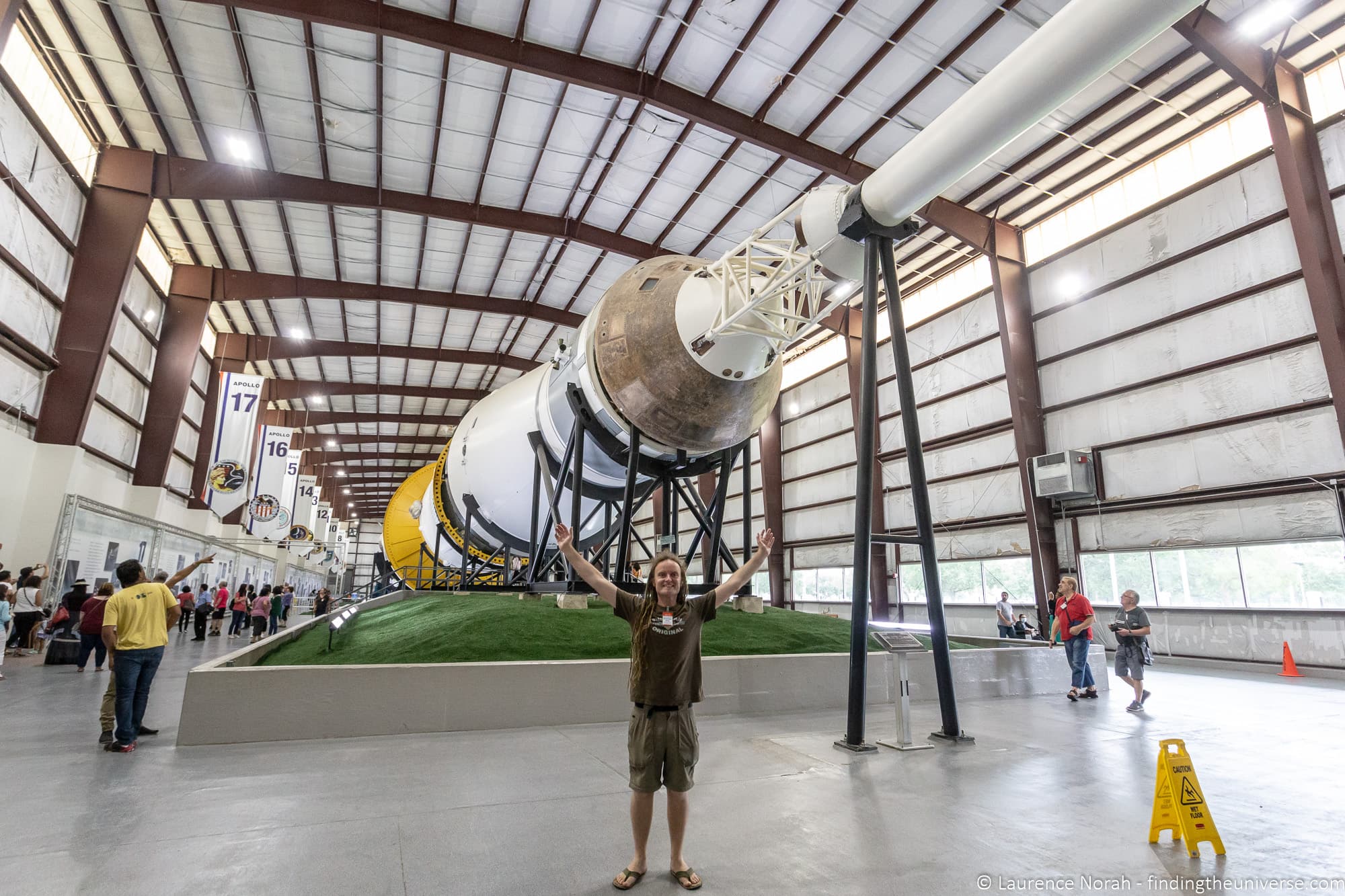
Guide to Visiting Space Center Houston, Texas
Last updated: December 16, 2023 . Written by Laurence Norah - 8 Comments
If you are visiting Houston in Texas, one attraction we can highly recommend you spend some time at is the Space Center Houston.
Space Center Houston is the official visitor center of the NASA Johnson Space Center, which is the home of NASA’s Mission Control and where U.S. astronauts are trained. It’s also a Smithsonian affiliate museum.
There are two main parts to a visit to the Space Center. There’s the large self-guided Space Center museum itself, which is home to numerous exhibits on space exploration and space in general.
Then there’s the tram tour, which takes you onto the grounds of the NASA Johnson Space Center facility itself, where you can see actual working government facilities, as well as historic locations like the original Mission Control room.
In this post, we’re going to share everything you need to know to make the most out of your visit to Space Center Houston, from getting there, to what to see and do, to how to save money on your ticket.
Let’s get started.
A Guide to Visiting Space Center Houston
Where is space center houston.
Space Center Houston is at 1601 E NASA Parkway. This is found around 26 miles southeast of the city center, or approximately a 30-minute drive in light traffic.
How To Get to Space Center Houston?
From Houston, the easiest way to get to Space Center Houston is to drive. You can just follow the I-45 out of the city centre, and then take exit 24, following signs for NASA. It should take around half an hour, although of course traffic can slow you down. There is a large car-parking lot on site, with a reasonable daily fee of $5 per vehicle.
During the week it is also possible to take public transport to Space Center Houston, using Bus service 249. This takes around an hour and costs $3. You can see schedules and timetables on the Houston Metro site . Public transport is not available on the weekends.
There is a Hop-on Hop-off bus service in Houston , but it does not go to the Space Center.
You can also take a taxi or ride share service like Uber. Prices will vary, but will be in the region of $30 – $60 each way depending on traffic and time of day. You can also get these back from the Space Center.
Finally, it’s also possible to take a guided tour from the city centre out to Space Center Houston. As an example, this tour includes a tour of Houston, transport to and from Space Center Houston, as well as entry to the Space Center.
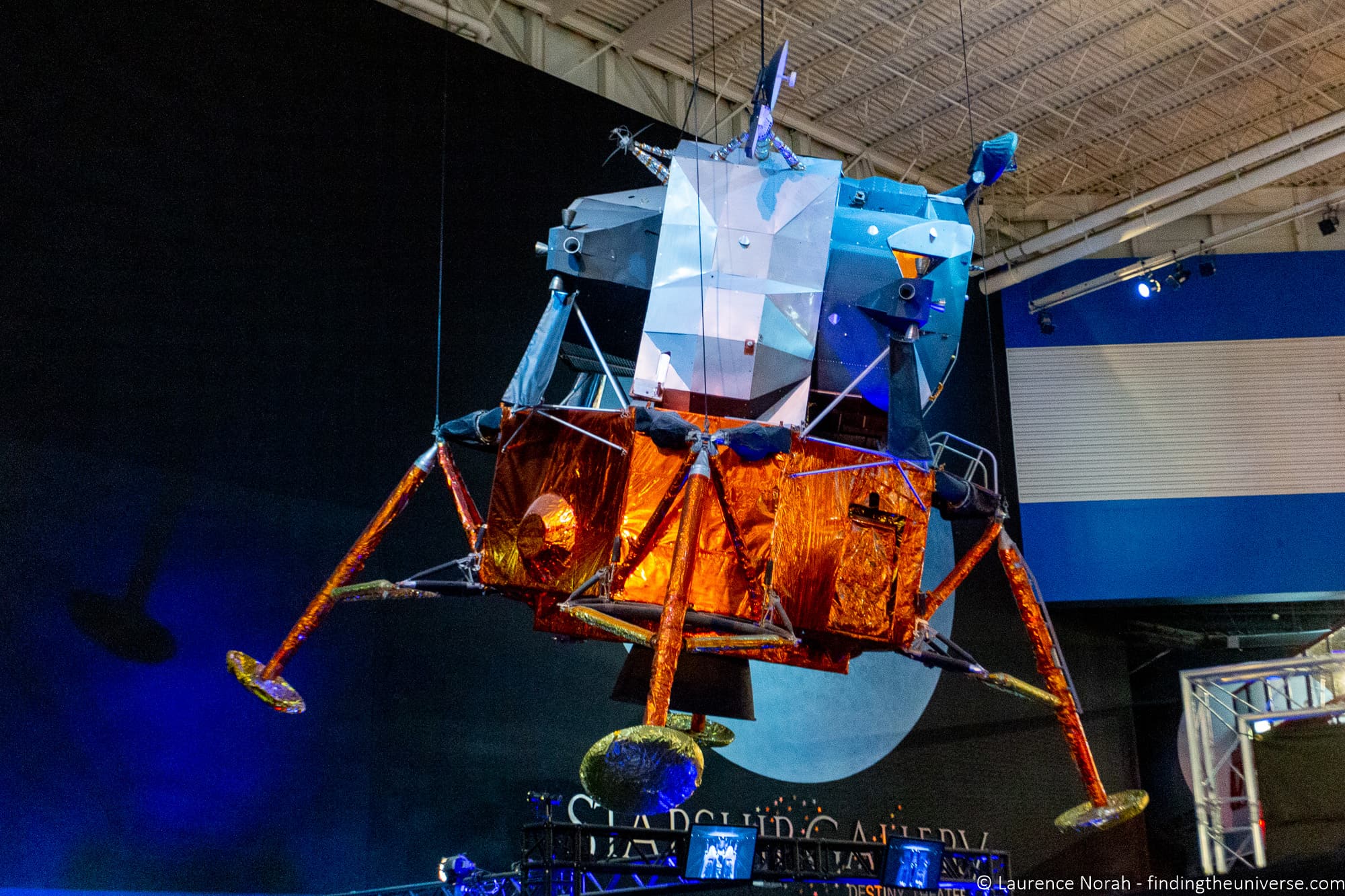
How Much Does it Cost to Visit Space Center Houston?
Standard entry to Space Center Houston for an adult (12+) is $29.95 – $34.95 depending on the day and time you visit. It’s $24.95 for children (aged 4-11) and $27.95 for seniors (65+). Prices are correct as of February 2023.
There are a variety of discounts available for active and retired military with I.D., AAA members with I.D., and groups. Children 3 and under are able to enter for free.
You can see all the details of the pricing and discount eligibility on the official site here . Note, tickets bought on the official site are non-refundable. You can also buy your ticket online in advance here for the same price , with the option of free cancellation up to 24 hours in advance of your visit.
You can also buy tickets in person. The price is the same, but if you print your ticket at home or download it to your mobile device, then you can skip the ticket line and go straight to the entry turnstile. This can save you a bit of time on busy days.
Space Center Houston is also included on the Houston City PASS . This can save you significant money if you plan on visiting some of the other attractions that the pass covers – up to 50% savings in fact! We found the pass very useful for our trip to Houston.
The Houston City PASS includes entry to five of Houston’s most popular attractions, but you only need to visit two or three of them for it to start saving you money.
See what it covers and buy yours in advance here . You can also buy it here with the option to cancel up to 24 hours before your trip if you need the flexibility.
Note – the CityPASS includes the standard tram tours but not the Mission Control tram tour, which is a paid extra. Last time we checked in 2023, you can upgrade on site for $15, subject to availability.
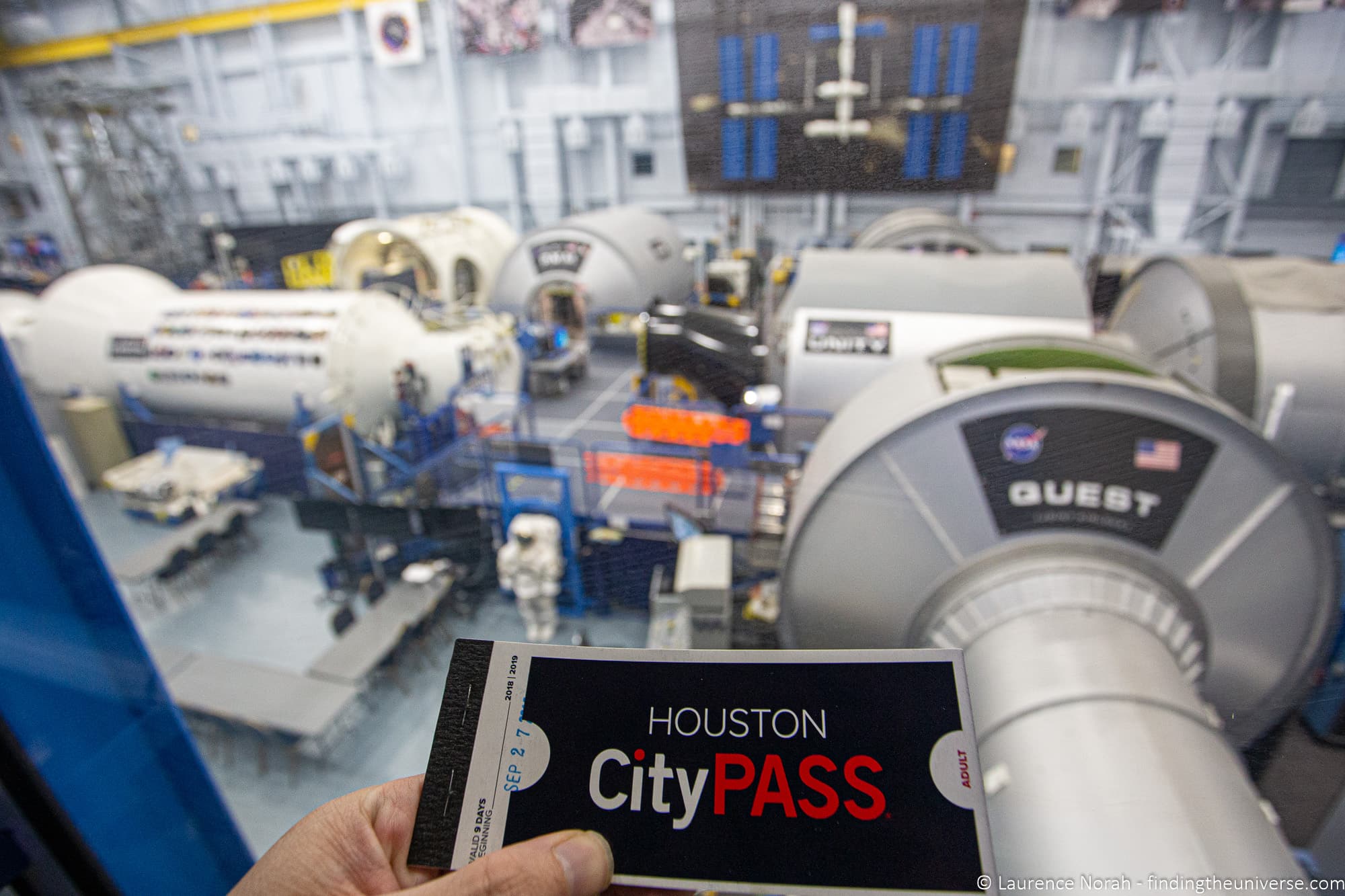
Are there different ticket types and experiences at the Space Center?
There are a number of different ticket options for Space Center. These are:
- the standard ticket
- the standard ticket with Mission Control Tour
- the Breakfast with an Astronaut Experience
- the VIP tour
The difference between these tours is reflected in the experience you have as well as the price you pay. See below for more on what each of these tickets includes and the difference between them, as well ar pricing.
Ticket types for Space Center Houston
The standard entry ticket gets you access to all the exhibits in the Space Center as well as the tram tour of NASA Johnson Space Center. This is the ticket included on the Houston City PASS . This costs $29.95 – $34.95 for an adult.
The standard entry ticket with Mission control tour . This is the same as the standard entry ticket but it also includes the Mission control tram tour. This costs an extra $15 per ticket, so for adults it varies from $44.95 – $49.95.
The breakfast with an astronaut experience. This includes your standard entry, plus, as the name suggests, you get to have a meal with an astronaut. You’ll hear stories and anecdotes from an actual NASA astronaut, plus have the opportunity to take photos.
This is only available once or twice a week, and it depends on astronaut availability. This experience needs to be booked in advance, and you can find out more here about availability and what it includes. It currently costs $99.95.
Finally, the NASA VIP Space Center Houston tour is the ultimate VIP experience, for those who want a truly unique and special experience. The highlight of this experience is a 3 hour guided tour of the NASA Johnson Space Center, giving you much more access than the tram tour.
The VIP costs $199.95, and the includes your entry to Space Centre Houston, so you have plenty of time to see everything. The tour needs to be booked in advance, which you can do here . It is only available for those aged 14 and older. Tours run twice a day, one in the morning and one in the afternoon. They actually visit different locations, so you could book both for the ultimate experience!
Experiences at Space Center Houston
As well as the different ticket options, Space Center Houston also offers a variety of educational programs geared to families and children’s organizations and groups (e.g., Boy Scouts, school groups).
For example, they offer a number of overnight experiences, including a family oriented overnight experience. This gives you the opportunity to actually stay overnight at the facility, either in your own tent outside, or inside amongst the artefacts.
You can see all the upcoming events and experiences on the events page here .
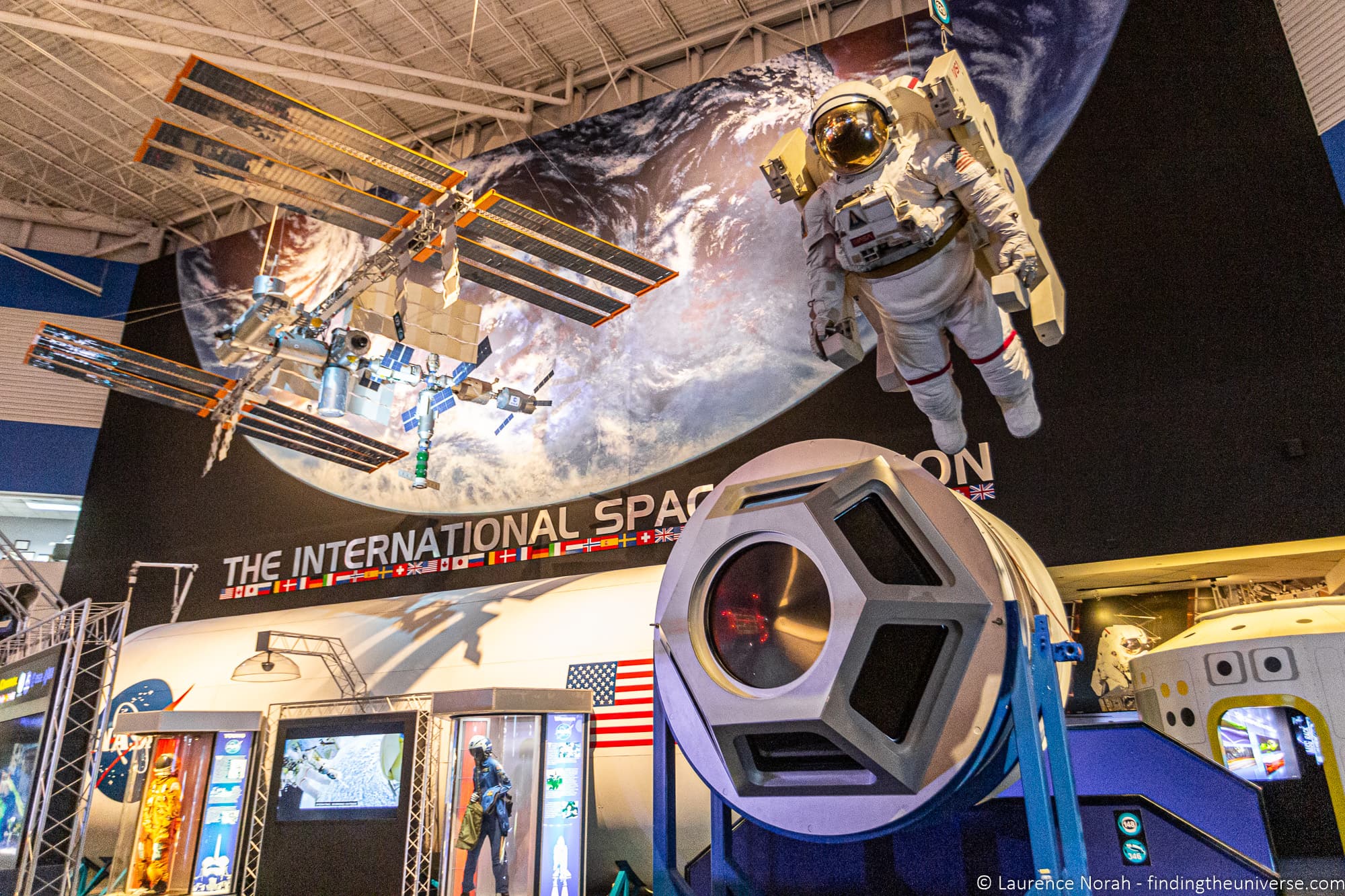
What can you do at Space Center Houston?
There is a lot to do at Space Center Houston, with over 400 space artifacts, a number of permanent and temporary exhibitions, learning experiences, theaters, and more!
Here’s a quick overview of the major attractions and activities you can enjoy at Space Center Houston. It’s not absolutely everything, but it should give you an idea of the scope of what’s on offer!
The NASA Tram Tour at Space Center Houston
This tour of the NASA Johnson Space Center takes you to some of the highlights of the Johnson Space Center, and is one of the most popular parts of a visit to the Space Center.
The tour may change depending on what’s happening at the facility and security considerations with active missions and programmes, but it normally has the option to visit one or more of the following, depending on the time of year and tram tour chosen:
- The Mission Operations Control Room 2, commonly known as Mission Control, which was where the Apollo missions were coordinated from.
- The Space Vehicle Mockup Facility, where astronauts train on replicas of space vehicles like the ISS.
- Rocket Park, home to a Saturn V rocket (the size has to be seen to be believed) as well as a number of other rockets from different stages of the space program.
We have more detail on the tram tour in the section dedicated to taking the tram tour elsewhere in this guide.
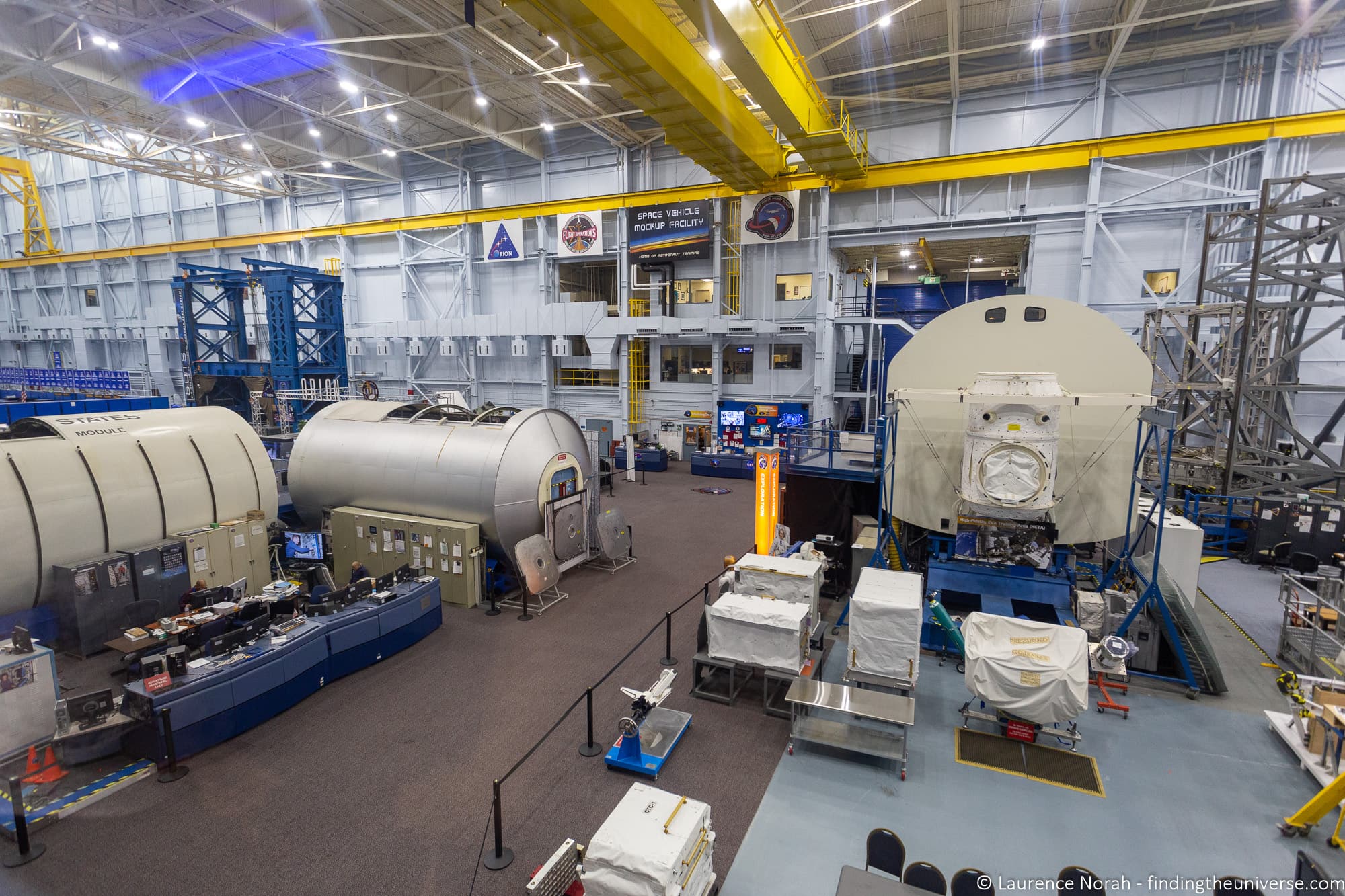
Independence Plaza
Independence Plaza is a large space outside the main Space Center building. It is home to an actual Boeing 747 aircraft, atop which is mounted a replica space shuttle.
The 747 in question was one of two Shuttle Carrier Aircraft developed by NASA to transport the space shuttle from it secondary landing site back to the main Shuttle Landing Facility at the Kennedy Space Center.
Often, bad weather would prevent the shuttle from landing at Kennedy, and so the 747 was developed to transport it back.
At Independence Plaza you can go all the way up into the replica shuttle, as well as through the length of the 747, where there are a variety of exhibits and interactive installations, telling the story of the vehicle.
Starship Gallery
Inside the main Space Center building, one of the most impressive galleries in our opinion is the Starship Gallery.
This is home to three actual spacecraft which have flown to space, the Mercury 9 capsule, the Gemini 5 capsule, and the Apollo 17 command module.
There’s also a lunar module test vehicle, a lunar rover test vehicle, a full-scale Skylab trainer and more.
Finally, the Starship Gallery is home to an actual piece of lunar rock, which is one of only eight in the world that you are allowed to touch. Yes, you can touch a piece of the moon in the Starship Gallery!
Mission Mars
One of the newest exhibits at the Space Center is Mission Mars. This exhibit focuses on NASA’s project to ultimately send manned space missions to Mars.
It covers the various challenges that need to be overcome for that to be successful, the vehicles that are being developed to take us there, and an overview of humanity’s relationship with the red planet.
There are also galleries explaining what life on Mars might be like when we finally send people there, including the habitats, clothing, and equipment that might be used.
This is a very interactive exhibit, with lots of touchscreens and hands on opportunities. You can also touch a Mars meteorite here.
Astronaut Gallery
The astronaut gallery is a display of astronaut clothing and spacesuits that have been on real-life missions.
Some of the highlights of this gallery include Pete Conrad’s Apollo 12 suit, Michael Collins’ Apollo 11 garment, and Wally Schrira’s Apollo 7 suit.
However, there are a great many wonderful exhibits here, spanning all of NASA’s space flight programmes. There is also the crew wall, which features portraits of every NASA astronaut who has flown in space, from Alan Shepherd and Neil Armstrong up to those currently in orbit on the International Space Station.
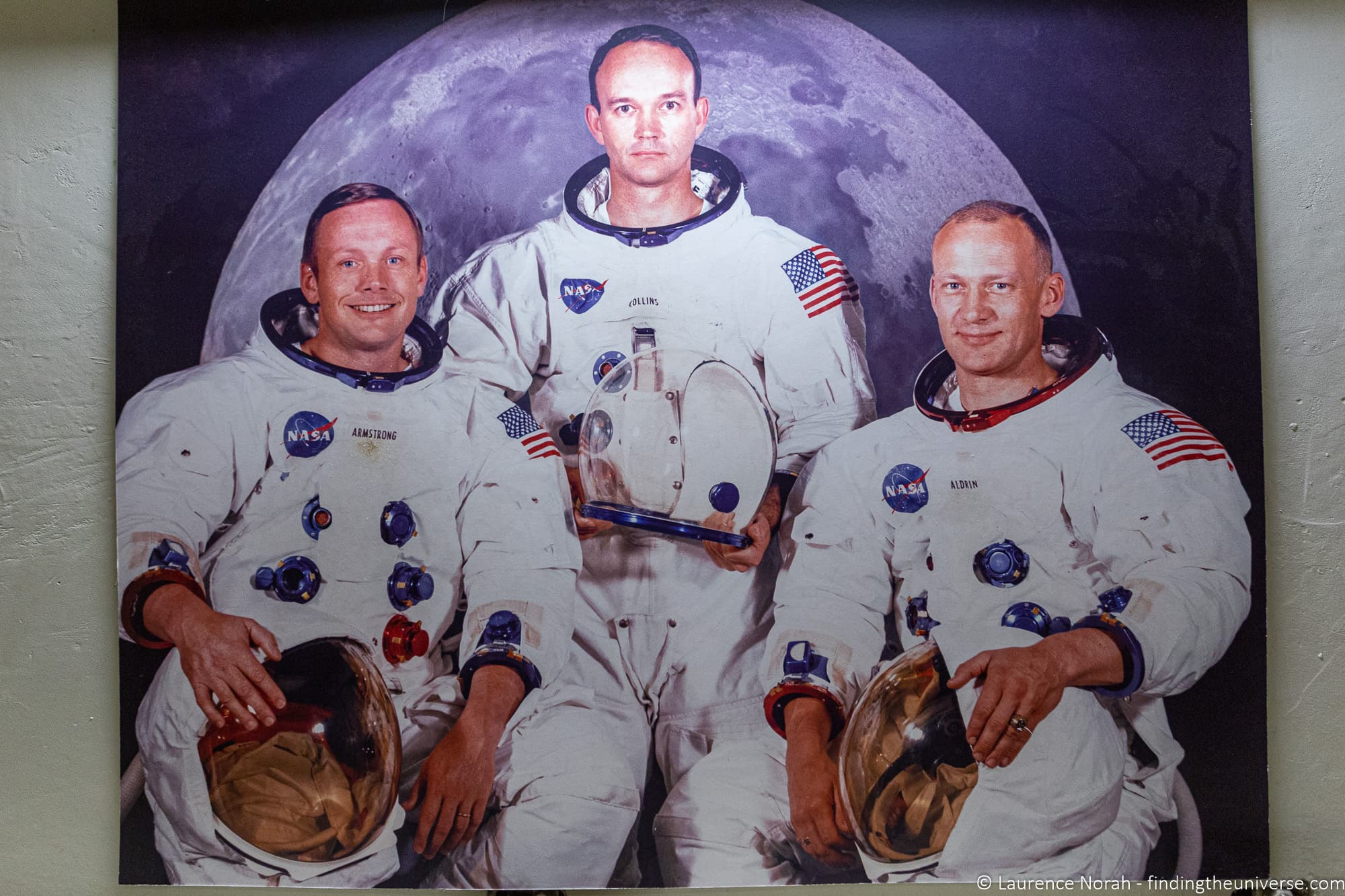
International Space Station Gallery
The International Space Station (ISS) is one of mankind’s most impressive space achievements. This massive science laboratory, which orbits the earth at over 17,000 miles per hour, is the largest structure ever built in space. It is home to astronauts from all over the world.
The ISS gallery is designed to give you a sense of what life on the ISS is like, as well as to give an insight into the sort of research and experiments that take place on the ISS.
There’s also a live daily interactive show, Living in Space, which uses the latest projection mapping technology to explain what day to day life on the ISS is like. This usually takes place 3 – 4 times a day, and you can find out showtimes for the day of your visit from the Guest Services Desk on site.
There are two main theatres at the Space Center, the Destiny Theater and the Space Center Theatre.
The Destiny Theater shows the “Human Destiny” film, which uses NASA archival footage to tell the story of how NASA was formed, followed by the story of key NASA events and accomplishments. This is around 15 minutes in duration, and plays throughout the day continuously.
This theater is also home to the lectern used by US President John F. Kennedy when he gave his seminal speech announcing his intention to land an American on the moon.
The Space Center Theater is a state of the art 4K theater, and at time of writing, is the largest 4K theater in Texas. This plays a variety of space related films, documentaries, and animations.
The best way to see what is showing in the Space Center Theater when you visit is to download the official Space Center Houston app . You can also check with the Guest Services desk when you arrive for showtimes.
Entry to both theaters is included with your standard admission ticket.
Mission Briefing Center
If you want to know what’s happening in the world of space exploration right now, you’ll want to head to the Mission Briefing Center.
Here, there are daily presentations on current NASA missions, with real-time updates on progress and events, both in space and on earth.
This is a wonderful way to find out what’s happening right now in NASA, plus the live briefing finishes with a Q&A with the mission briefing officer, so you can ask your own questions and find out about the things that really interest you.
The content of the briefings changes, but they usually run three times a day and last for 30 minutes. Times for the briefings are displayed at the entrance to the Mission Briefing Center, as well as on the daily schedule in the map and guide you will receive. You can also ask at Guest Services for timings.
Ah yes, the gift shops! You definitely don’t want to leave the Space Center without picking up some sort of memorabilia of your trip, be that a t-shirt, a toy, or some astronaut ice cream.
There’s one major gift shop at the Space Center, as well as a smaller gift shop near the tram departure area. We noticed that these do carry slightly different items, so do check both of them.
One tip – don’t leave your shopping until the last minute. A lot of people do this, as we did, and there tends to be a mad rush for the tills right at the end of the day. So perhaps head over to the gift shop at least an hour before closing so you can browse and check out at a more leisurely pace.
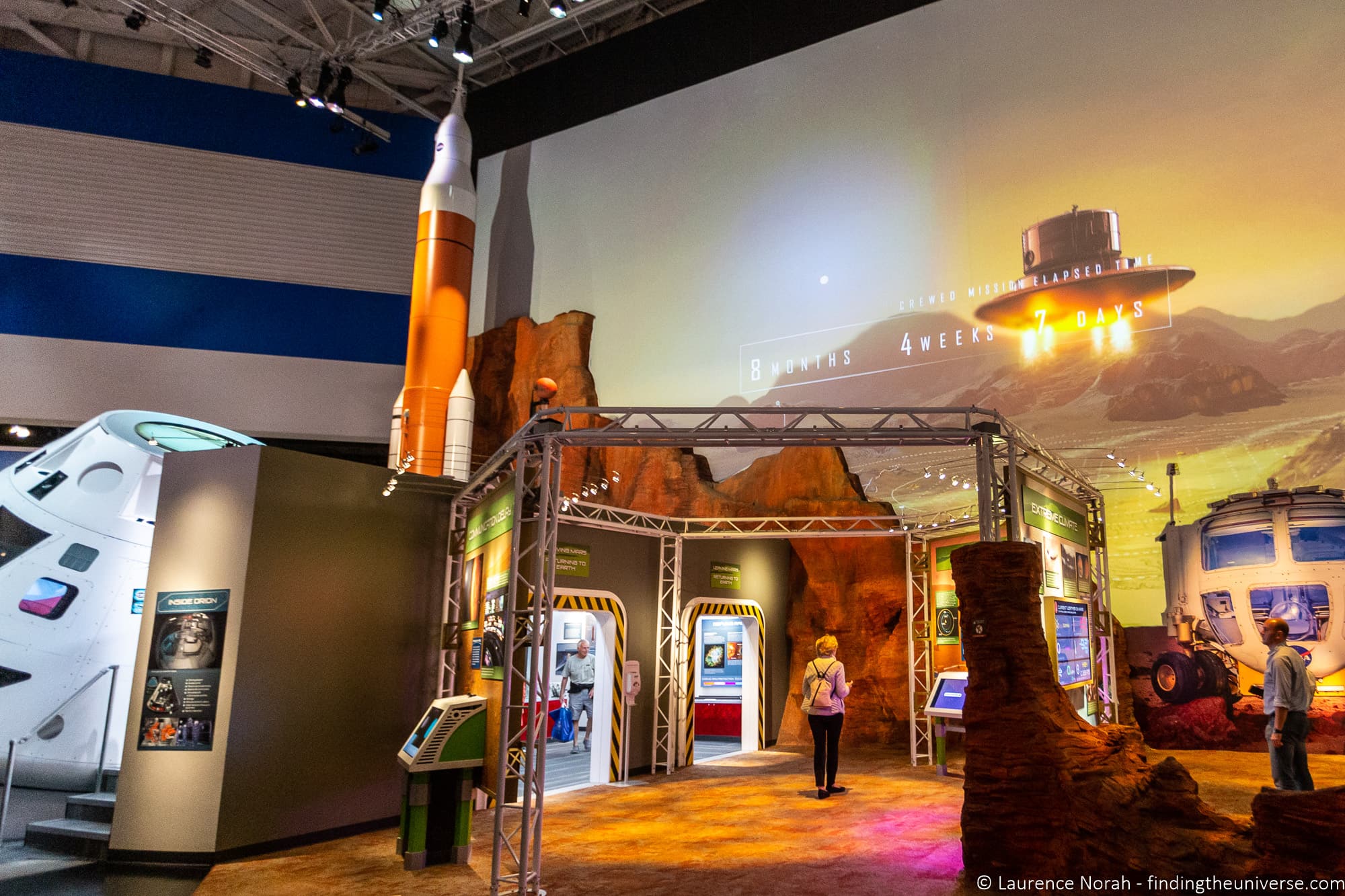
That’s just some of what is on offer at the Space Center Houston. As well as all the above, there are also regularly changing and updated temporary exhibits. So you definitely won’t run out of fun things to see and do!
How Long do you Need at Space Center Houston?
As you can see from all the things to do at Space Center Houston, you could easily spend a full day here.
We would suggest spending a minimum of 3 – 4 hours here, which will give you time to see some of the highlights and take a tram tour.
However, ideally you would plan to spend the full day here so as to have time to see and do everything without feeling rushed.
There’s a huge amount to see and do, especially when you consider the tram tour, films, interactive exhibits, and so on, and you should make the most of your ticket.
Do you Need to do the Tram Tour at Space Center Houston?
The tram tour at Space Center Houston is not mandatory and you can spend your time just exploring the museum.
However, if you have not visited the Space Center before and taken the tram tour, we would definitely recommend doing it as it is one of the highlights of the experience.
There are three options for the tram tour, depending on your interest. Two of these are included on your entry ticket whilst the third requires an additional fee payable when you book.
The tram tours are as follows:
- George W.S. Abbey Rocket Park Tour. Visits the Rocket Park where the Saturn V rocket can be found. Included on general admission, requires boarding pass (book on arrival with staff members at Guest Services Desk or with free app ).
- Astronaut Training Facility Tour. As well as Rocket Park, this tour also visits the Astronaut Training Facility to see where NASA astronauts train. Included on general admission, requires boarding pass (book on arrival with staff members at Guest Services Desk or with free app ).
- Historic Mission Control tour. This tour visit the actual mission control where NASA co-ordinated all the Apollo missions. It also includes Rocket Park. This tour has an additional fee and must be booked in advance when purchasing your general admission ticket. When you book you will choose a timeslot. If you are visiting with a CityPASS , you can pay $15 on site to upgrade to the Mission Control Tram Tour, subject to availability.
Of the tours, personally, I would pick the Mission Control tour as it’s such an iconic location. However, if you don’t want to pay the extra I would opt for the Astronaut Training Facility Tour as it includes Rocket Park.
Note that when we visited Mission Control it was being done up for the 50th anniversary of the Apollo landings, so this image isn’t representative of the experience you will have, however I did want to share it as I still though the consoles looked pretty cool – even in plastic wrap!
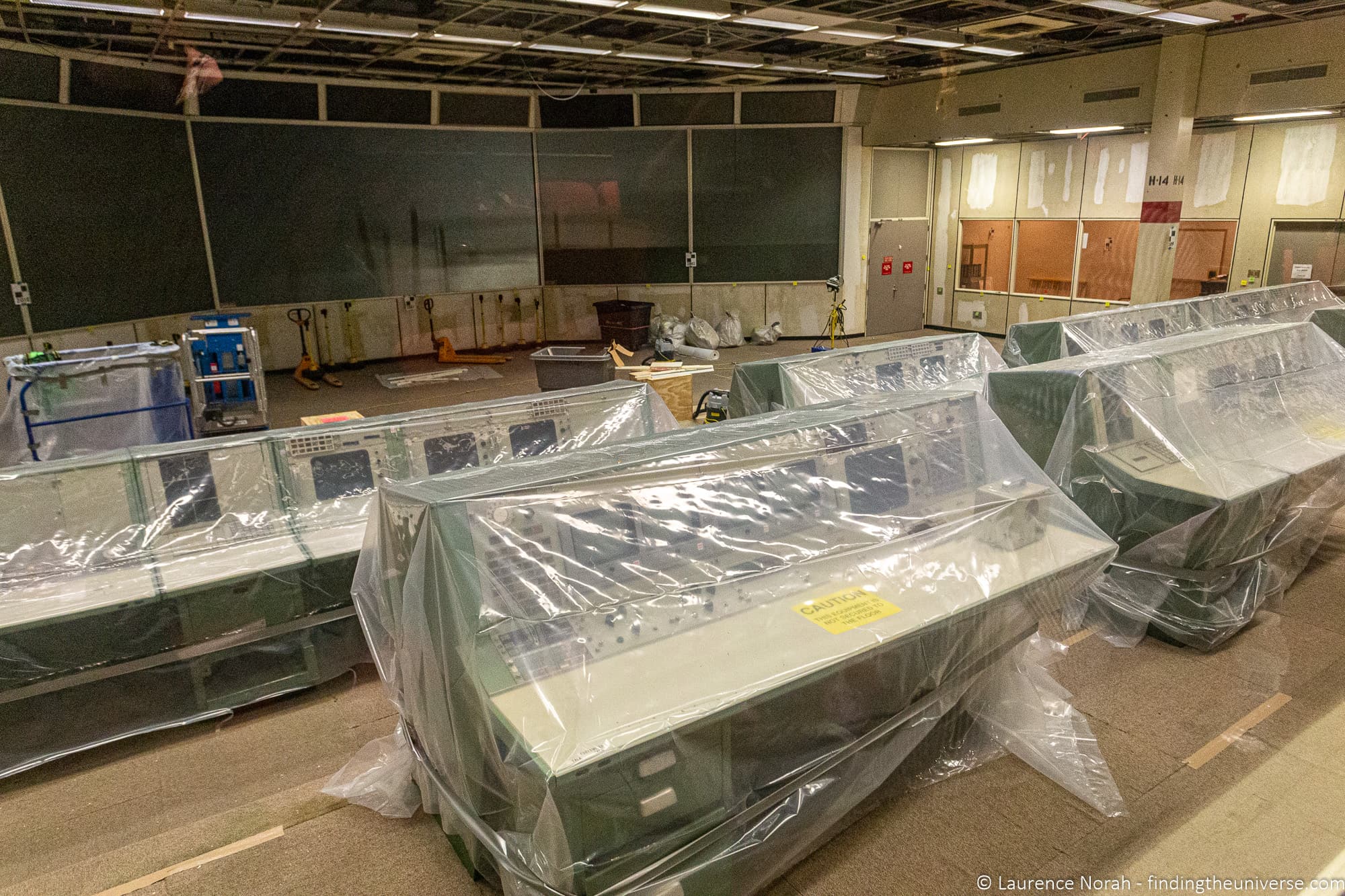
If you want, you can actually take multiple tram tours. However, as the tours last 90 minutes to 2 hours, this will use up a lot of the day.
Note also that the locations the trams visit can vary depending on operational schedules and other factors.
The Mission Control tour has pre-booked timed slots which you select when you book your admission ticket.
If you are not taking the Mission Control tram (or are visiting with a CityPASS and want to upgrade to the Mission Control tram), then we would suggest that you make booking your tram tour the first thing you do on arrival.
To take a tram tour, you need a timed boarding pass. You can either get this from the Guest Services desk at the entrance, or you can download the free Space Center Houston app and book that way.
Note that if you take the VIP tour, you have your own private minivan tour of the NASA Johnson Space Center.
Tram tours normally run from fifteen minutes after the Space Center opens, and run every 20 minutes, until 2 hours before closing. For example. if the Space Center closes at 5pm, the last tram will depart at 3pm.
We highly recommend checking times and booking your boarding pass for the tram as soon as you arrive, so you can be sure not to miss out.
Once you have booked the tram tour, you can explore the remainder of the museum at your own leisure until it is time to board.
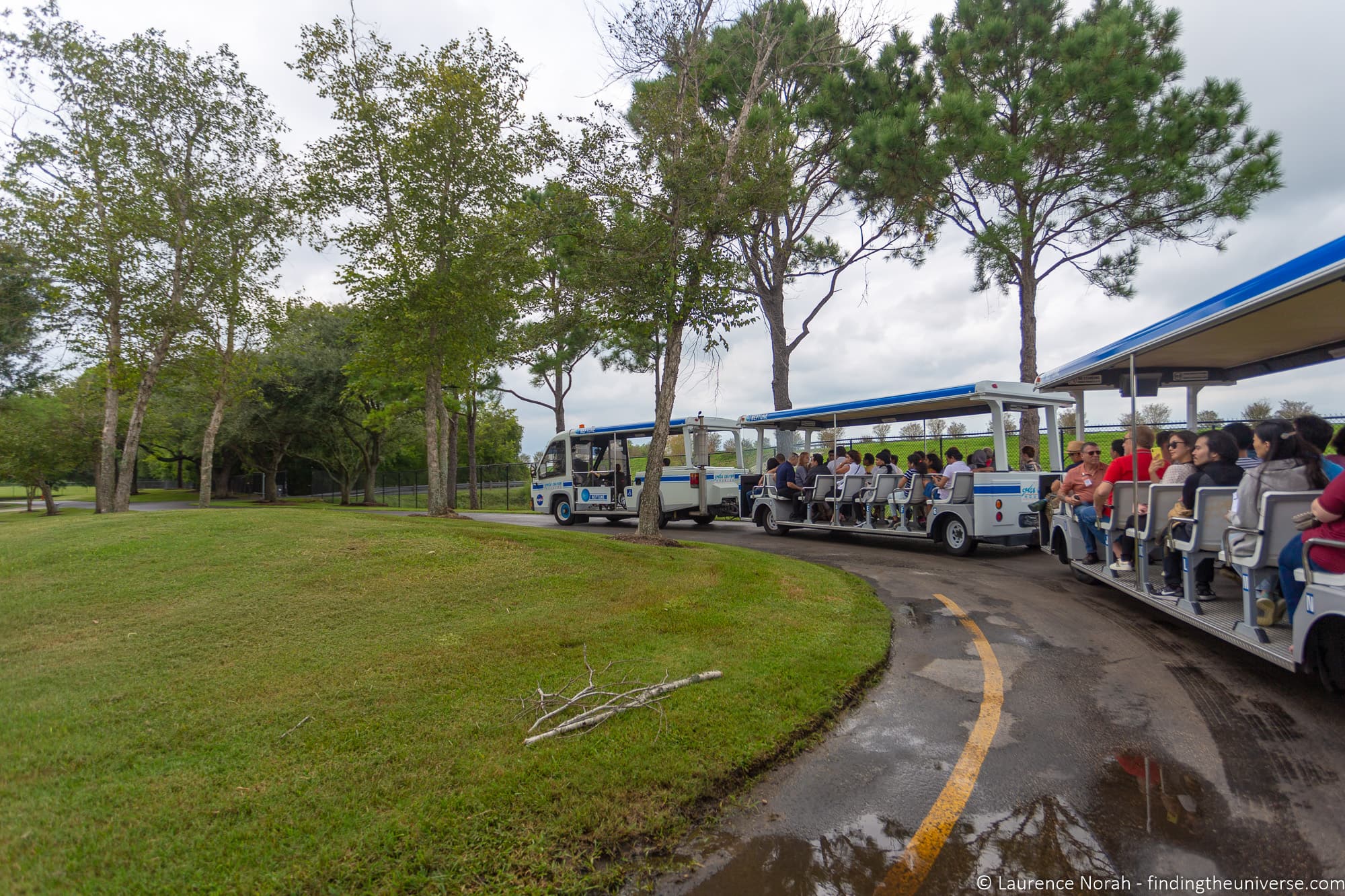
What are the Highlights of Space Center Houston?
If you are visiting the Space Center for a limited amount of time, you might be wondering what the best way to make the most of your time would be.
If it was me, my priority would be to take the tram tour over anything else. That’s because this is a really unique experience that you can’t get anywhere else.
The museum and all the exhibits are also excellent. However, if we had to pick some favourites for your visit, we’s suggest you visit:
- Independence Plaza, home to the world’s only shuttle replica, which is mounted on an actual shuttle carrying 747 aircraft
- The original Apollo 17 Command Module, which has flown to the moon. This is in the Starship Gallery
- The moon rock exhibit where you can actually touch a piece of moon rock. This is also in the Starship Gallery
- The gift shop, because it’s awesome!
Ideally though you will be able to see and do a lot more than the above.
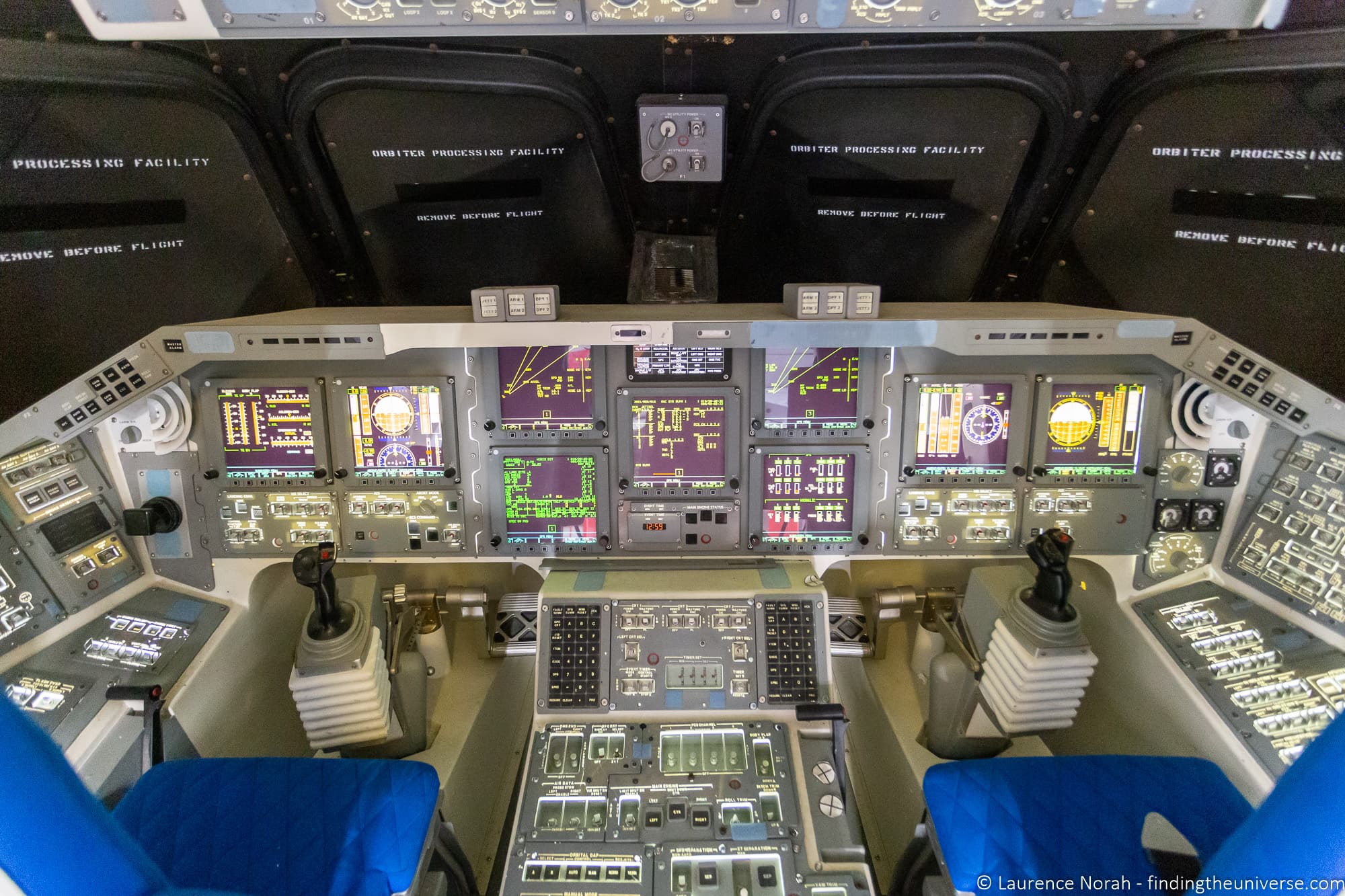
Is Food Available at Space Center Houston?
Yes, food is available for purchase at the Space Center. The dining area is called the Zero-G diner, and it has a range of food options from sandwiches and vegetarian options through to grilled food, burgers, and pizzas.
Food is not included on your entry ticket unless you have the lunch with an astronaut tour pre-booked, in which case you will have lunch served in a different location.
The Zero G diner does offer a 10% discount to Space Center Houston members, members of the U.S. military, and senior citizens. Be sure to present your I.D. before ordering to claim any discounts.
Is there an Audio Tour of Space Center Houston?
Space Center Houston offers the Space Center App for smartphones. This includes an audio tour, GPS maps of the location, AR experiences, and more.
This is available as a free download for both Android and Apple smartphones. You can find the correct link here .
We’d highly recommend getting this in advance of your visit, and remembering to bring a pair of headphones so you can take full advantage of it.
Up until 2018 there was a separate audio guide that was purchasable for a fee, however this is no longer offered as an option.
Is Space Center Houston Accessible?
Space Center Houston has made great efforts to provide a fully accessible experience across a range of accessibility needs.
In terms of general physical accessibility, all the exhibitions, theaters and tours are fully accessible to wheelchair users. There are also wheelchairs available on site on a first come first served basis.
Beyond physical accessibility, there are a number of other accessibility features, including events and programs for autism and sensory accessibility, deaf and hard of hearing accessibility and visual accessibility. Service animals, as defined by the ADA and Texas laws, are also permitted.
There’s an excellent page on the official Space Center website here , all about the various accessibility options and programmes available. We’d also recommend you reach our directly to the Space Center with any accessibility questions or needs you may have prior to your visit if you have any further queries.
Other Attractions near Space Center Houston
Space Center Houston is around 30 – 40 minutes drive south east of Houston, so you might be wondering if there are other attractions in the area.
The closest attraction which is popular with visitors to Houston, which is also covered on the Houston City PASS , is the Kemah Boardwalk . This is a large boardwalk which is home to a number of amusement rides, games, restaurants, and attractions. A great place for families.
You can either visit here yourself with a car, or you can take a tour from Houston that includes both the Space Center and Kemah Boardwalk like this .
For more inspiration on other things to do near the Space Center and in Houston in general, see our guide to things to do in Houston .
How Busy is Space Center Houston?
The Space Center is one of the most popular attractions in Houston, and as such it does get quite busy. The busiest times are on holidays, weekends, and during the summer.
If possible, we’d advise visiting outside of these times. During the busiest times, there can be long wait times for the tram tour in particular.
In addition, the Space Center is popular with school groups. These visit throughout the year, but the main months are March, April, and May.
These can definitely raise the volume level in the Space Center, and make it much busier, so bear this in mind if visiting during these months.
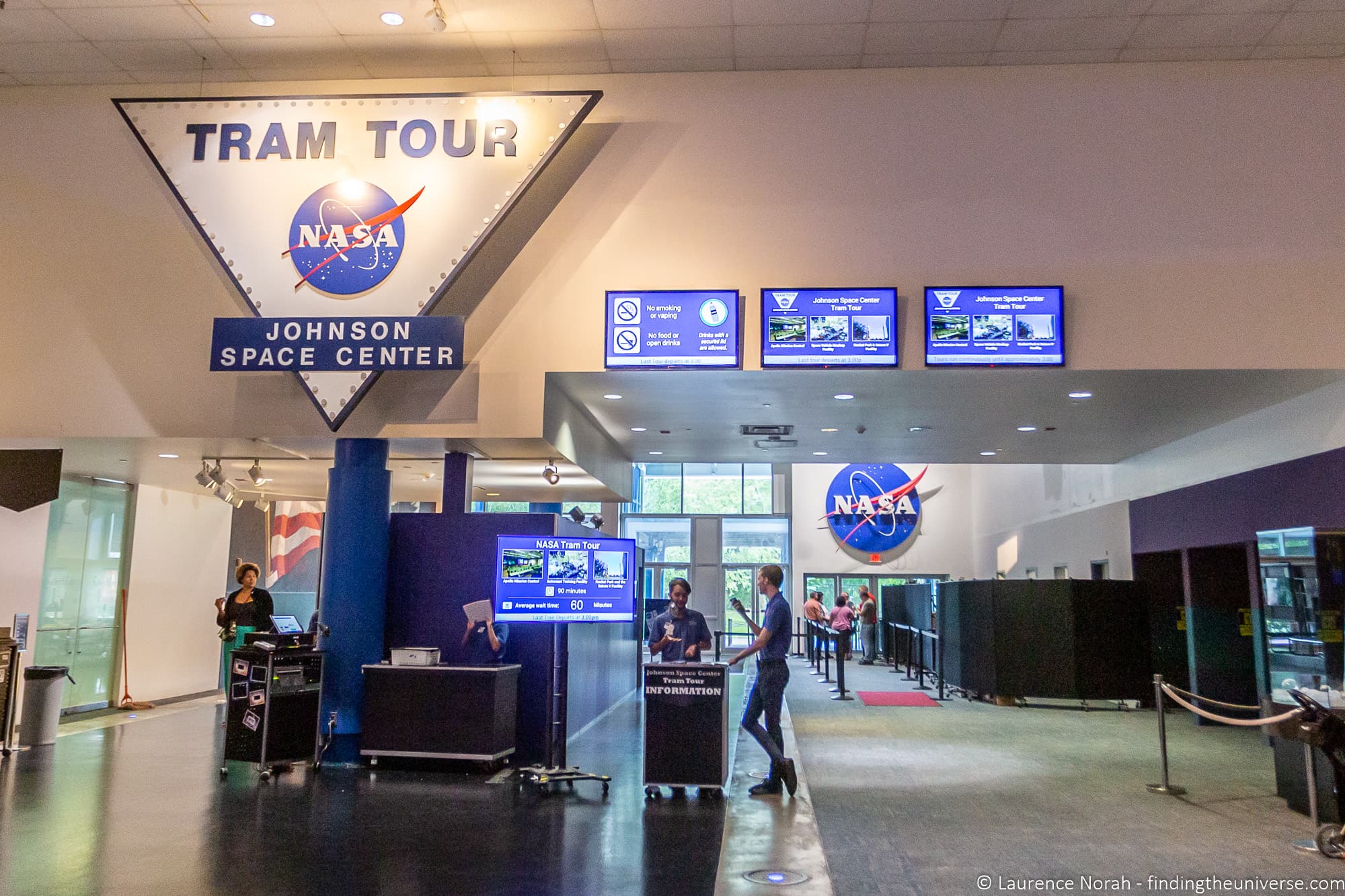
Opening Hours for Space Center Houston
Space Center Houston is open year round except on Thanksgiving and Christmas Day. Standard opening times are from 10am – 5pm, however during busy times they can open at 9am, and close at 6pm.
You can see a full day by day schedule of opening hours on the official website here . Note that opening hours are subject to change due to unforeseen circumstances, although this is rare.
Contact Information for Space Center Houston
If you want to contact the Space Center, you have a few options. First, most of your questions should be answered on their website, which you can see here .
If you still have questions about your visit, you can contact the Space Center by e-mail or phone.
Contact e-mail addresses are [email protected] or [email protected] . The phone number is +1 281-244-2100.
In my experience, e-mail was the fastest way to reach them for specific queries. The phone line has a number of automated response options with ticketing information and prices, but I wasn’t personally able to reach a human. E-mail responses on the other hand were fast and accurate.
Our Experience Visiting Space Center Houston
We visited Space Center Houston mid-week in late September, which turned out to be a great option as it was not too busy. The first thing we did was visit the tram tour info point, where we learnt the tram schedule for the day.
It was obvious when we visited the info point that there weren’t going to be major lines for the tram on the day of our visit.
This isn’t always the case of course, and at busy times the lines for the tram can be much longer – we were just lucky!
In addition, as we were lucky to be visiting on a quieter day, the tram was scheduled to visit all the highlights, so we didn’t have to pick a tram route.
We decided to come back to around 15 minutes in advance of a departure and spend some time exploring some of the exhibits. We visited the ISS display, the Starship Gallery, and the Mission to Mars exhibit.
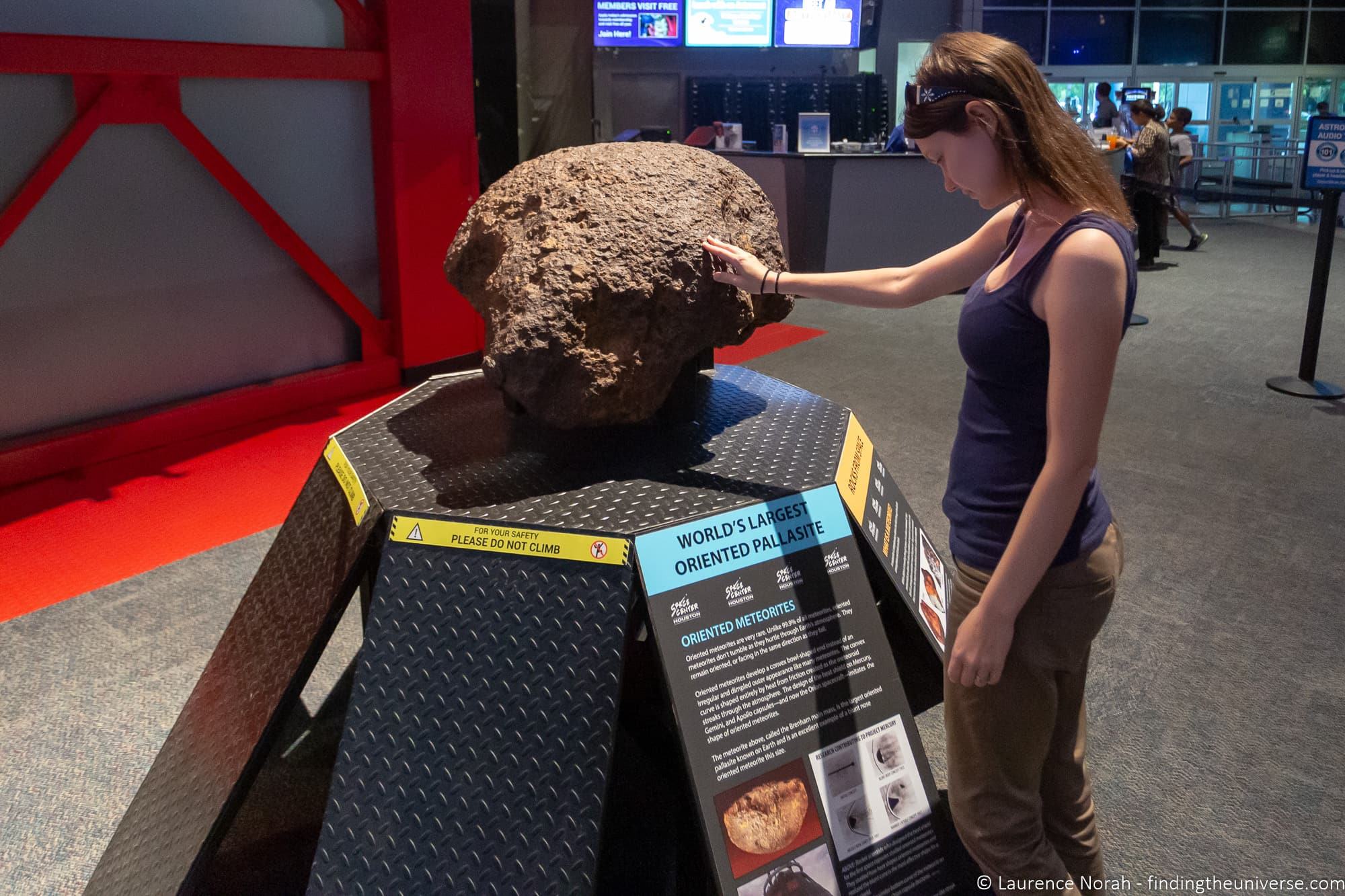
Then, it was time for the tram ride. As previously mentioned, there are usually different tram routes to choose from, but the day we visited it was less busy and so they were running a combined tour. This means we got to visit Mission Control, the astronaut training center, and the Rocket Park, which was pretty awesome.
The tram ride took just under two hours, and was the definite highlight of our experience. Seeing the historic Mission Control room, which was home to so many important moments in the space programme, was really something special. And this was despite much of it being covered in wrapping due to refurbishment!
We also enjoyed seeing the huge astronaut training center, but I have to say, the Rocket Park was something else. There’s nothing quite like being up close to a Saturn V rocket to give you an idea of the scale of these vehicles.
We were lucky enough to visit the US Space and Rocket Center whilst attending Space Camp in Huntsville Alabama , which is home to two more Saturn V rockets, and they were just as impressive!
Finally, after the tram tour, we visited the remainder of the main sights we wanted to see. The Independence Plaza was definitely a highlight – being able to get up inside one of the actual 747 shuttle carrier aircraft was a real experience, and seeing the scale of the shuttle against the 747 was amazing.
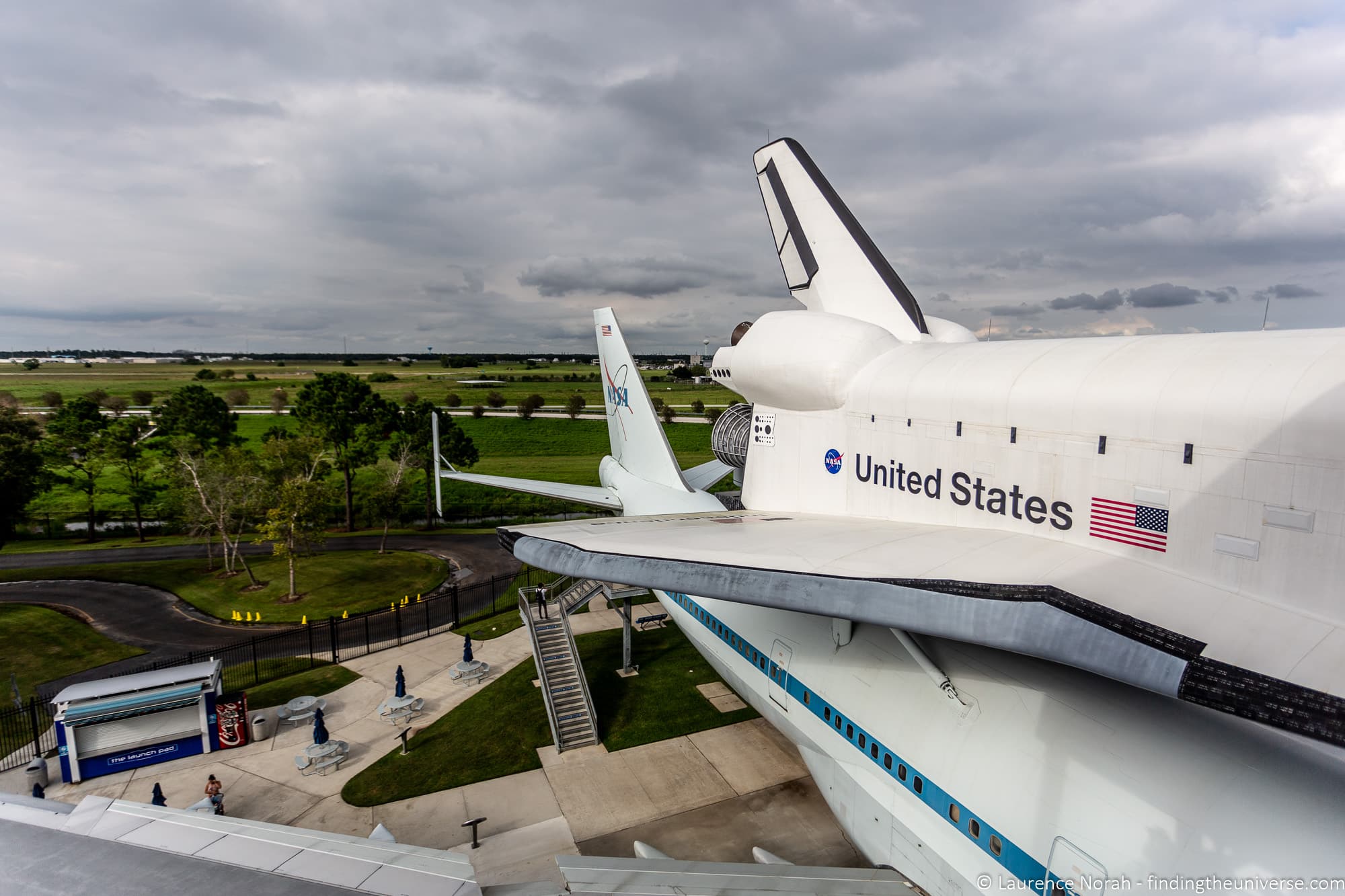
Tours of Space Center Houston
If you are visiting Houston and would prefer to take a tour that includes the Space Center, we’ve found the following two options for you to consider. These both include entry to the Space Center, return transport, plus some time exploring Houston itself.
- The first option is this 6 hour tour of Houston which also includes transport to and from Space Center Houston, as well as entry and a tour of the city
- The second option is this longer full day tour which includes a 1.5 hour tour of Houston, as well as time at the Space Centre and the Kemah Boardwalk.
Hopefully one of those tours might work for you!
Where to stay near Space Center Houston
If you plan on spending a full day at Space Center Houston, as we recommend that you do, then you might prefer to stay near the Space Center. This means you can be first in the door when it opens, and maximise your time.
We’ve found a number of accommodation options near the Space Center, at a variety of price points.
- Microtel Inn & Suites by Wyndham – This well rated budget 2* hotel is the closest option to the Space Center – it’s less than ten minutes walk across to the Space Center. There’s free on-site parking, work desks in the rooms, private bathrooms, and continental breakfast is included.
- Super 8 by Wyndham – Another well rated 2* property, this one is just a mile from Space Centre Houston. Rooms have private bathroom and coffee makers, there’s free parking, and continental breakfast is included.
- Best Western Webster – Another highly rated budget 2* property (there’s no shortage of choice in this area). Found 10 minutes drive from the Space Center. Rooms have refrigerators and microwaves, as well as work space. Parking is free and breakfast is also included.
- Springhill Suites Houston – A well rated 3* hotel around 6 minutes drive from the Space Center. Rooms are all suites with separate living areas as well as a refrigerator and microwave. Breakfast and parking are included, and laundry / gym services are offered.
- TownePlace Suites by Marriott – Found 2 miles from the Space Center, this well-rated 3* property offers self-catering suites which include a microwave, oven, stove and refrigerator. There’s also a gym, pool, and jacuzzi. Breakfast and parking are also available on site.
- Holiday Inn Kemah – If you want a hotel near the Kemah Boardwalk, this well rated 3* option would be our pick. It’s within walking distance from the boardwalk, and rooms feature microwaves, fridges, and tea/coffee making facilities. Free parking is included, and breakfast is optional.
Between these options we hope you will find something to suit your needs and budget.
Further Reading
Well, that’s it for our guide to visiting the Space Center in Houston, Texas. Before you go, we wanted to share some other content that we think you’ll find useful in planning your trip.
- There’s lots more to do in Houston beyond the Space Center. See our guide to things to do in Houston for some inspiration.
- If you’re visiting a number of cities in Texas, we have guides to a number of those as well! We have a guide to things to do in Austin , things to do in San Antonio , as well as a guide to things to do in Dallas
- If you do visit San Antonio, we also have a detailed guide to visiting the Alamo , and the San Antonio River Walk , which will help you plan your time visiting these two popular San Antonio attractions
- Love space? So do we, and the Space Center in Houston is far from the first space attraction we’ve written about! We have a guide to visiting the U.S. Space and Rocket Center , a guide to attending Space Camp , a guide to getting into space as a tourist , and a guide to New Mexico’s Space Trail , for more space related fun!
- We also have lots of resources to help you plan a trip to the USA. See our guides to how much it costs to travel in the USA and driving in the USA as starting points.
- If you want some road trip inspiration, see our itineraries for a USA Deep South road trip , California Road Trip , Route 66 Road Trip and Pacific Coast Highway Road Trip
- We’ve visited a lot of other cities in the USA! See our guides to Things to do in Huntsville , Things to do in Savannah , Things to do in Charleston , Things to do in Albuquerque , Visiting New Orleans During Mardi Gras , Things to do in Cambria and Things to do in Santa Fe to get started!
We hope you’ve found our guide to the Space Center in Houston useful! As always, we’re happy to hear your feedback and answer your questions. Just use the comments section below, and we’ll get back to you as soon as we can.
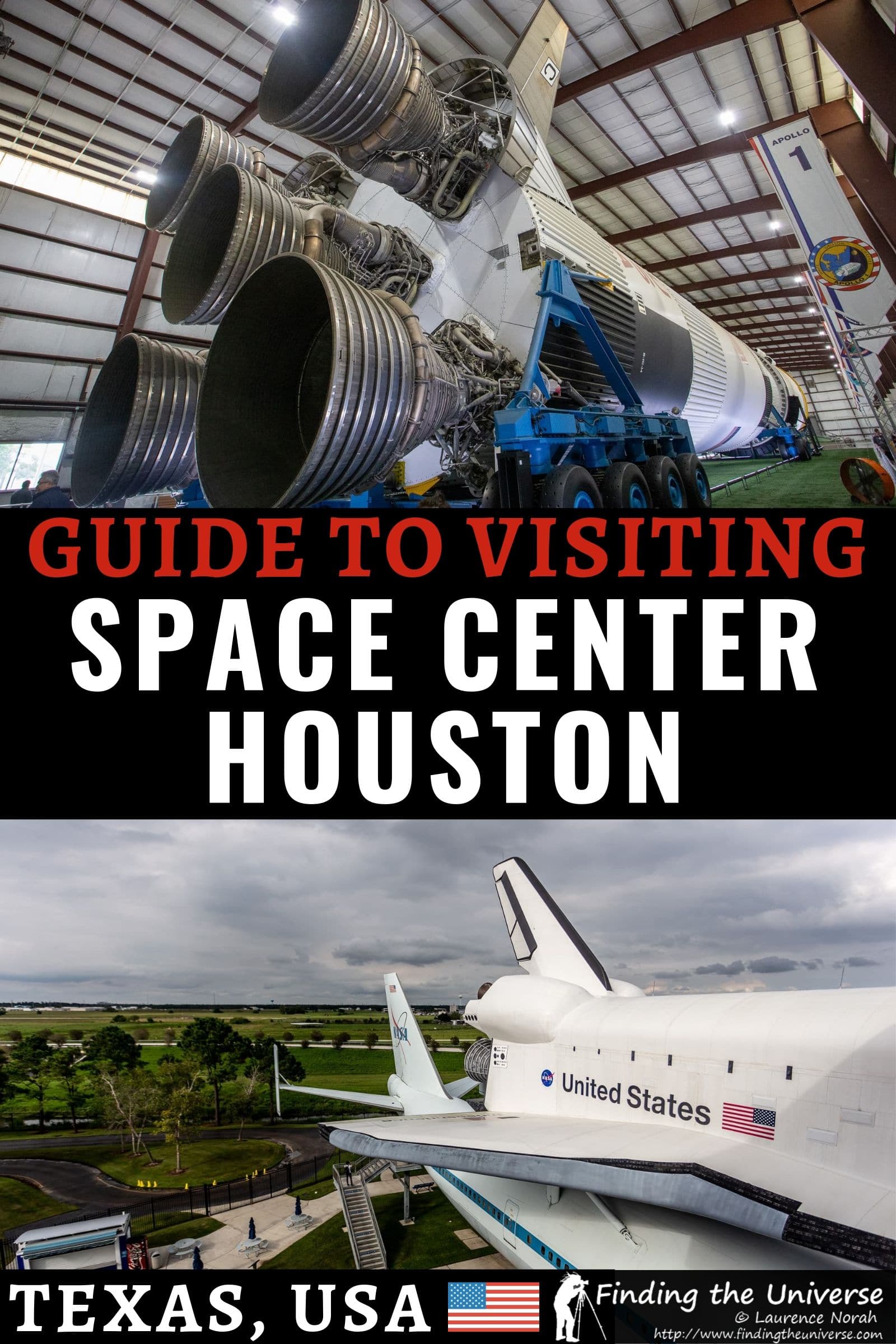
Enjoyed this post? Why not share it!
There are 8 comments on this post
Please scroll to the end to leave a comment
Maryam Boone says
25th February 2023 at 2:34 am
Your information was EXCELLENT! I’ve lived in Houston for 2 years now but haven’t had a chance to visit the Space Center -even though I’ve driven past it going to Galveston several times. My daughter and son-in-law are coming to visit and we are going this weekend. I had viewed the Space Center’s website last month but still had a few questions. Your information answered all of my questions and was much, much better than the Space Center’s site! Thank you so much for giving such detailed and informative information. If this is the type of information you provide about other attractions you visit, then these attractions should pay you for the excellent information you provide!
Laurence Norah says
25th February 2023 at 6:07 am
Hey Maryam,
Thanks so much for taking the time to leave a comment and let me know! It’s much appreciated 🙂 I hope you guys have an awesome visit to the Space Center! I’d love to hear how it goes, and if you notice anything there that isn’t quite right in my guide, feel free to let me know 🙂
Philip Baker says
12th March 2021 at 10:48 am
Hi, thinking of having a holiday in Texas march 22 if they let us fly from UK and was looking on Google maps for places to visit, two days later your site popped up on my phone, must say best travel site I have seen. Phil
12th March 2021 at 10:59 am
Thanks so much Phil, that’s very kind of you to take the time to let us know! I hope you are able to take advantage of our tips on a trip to Texas, and if you have any questions, just let me know 🙂
Kurt Peterson says
27th October 2019 at 1:24 am
Laurence and Jessica, Thank you for the great piece on The Space Center in Houston. My wife and I are looking forward to our visit in mid November. We have been privileged to have had the opportunity to visit both The Kennedy Space Center and the NASA facility in Huntsville. We are throughly excited about seeing the ‘real’ mission control room. Seeing the Saturn 5 rocket is always pretty amazing. Thanks again, Kurt and Veronica Peterson
27th October 2019 at 1:57 pm
Our pleasure Kurt! Have an amazing time, and do let us know how you enjoy it compared to the other locations you’ve visited 😀
Sesh Komanduri says
13th August 2019 at 11:43 am
Excellent write-up, Jessica and Laurence. I finally found the guide I was looking for!! One quick question. Is it easy to get a Uber/lyft on the way back from the Space Center to downtown? I want to use that option rather than a standard tour so that I have maximum time at the Center and return as per my convenience. But dont want to get stranded there without transport!!
13th August 2019 at 12:05 pm
So we’ve not personally done this ride with Uber or Lyft, but looking at what other travellers have said and checking the Uber app, it does look like it shouldn’t be a problem 🙂
Have a great time!
Leave a Reply Cancel reply
Your email address will not be published. Required fields are marked *
Let me know when there's a reply to my comment (just replies to your comment, no other e-mails, we promise!)
Subscribe to our monthly Newsletter where we share our latest travel news and tips. This also makes you eligible to enter our monthly giveaways!
We only ask for your e-mail so we can verify you are human and if requested notify you of a reply. To do this, we store your data as outlined in our privacy policy . Your e-mail will not be published or used for any other reason other than those outlined above.

Houston's Hidden Space Shuttle Opening to Public Tours

HOUSTON — As NASA has readied its retired space shuttles to set sail for their museum homes, the agency has also been quietly preparing its least-known orbiter vehicle to stay in place.
The SAIL — or Shuttle Avionics Integration Laboratory — is set to become the newest stop on tours of the Johnson Space Center here this fall.
The once fully-functional space shuttle simulator, which was used throughout the 30-year program to develop and test the flight software for each of the 135 missions, was designated an honorary part of the fleet with its own orbiter vehicle (OV) number.
Space shuttle Discovery, which is now on display at the Smithsonian in Virginia, was also referred to by NASA as OV-103. Enterprise, the original shuttle prototype, which is now exhibited at the Intrepid Sea, Air & Space Museum in New York City, was similarly OV-101.
Endeavour, which next month will be flown to Los Angeles for the California Science Center, was designated OV-105. And Atlantis, which is scheduled to arrive this November at the Kennedy Space Center Visitor Complex in Florida, was OV-104.
The SAIL was designated OV-095. Although it was never space-worthy, from the perspective of its flight computers, the simulated missions that it 'flew' might have just as well been in orbit. [ NASA's Most Memorable Shuttle Missions ]
Skeleton of a space shuttle
Get the Space.com Newsletter
Breaking space news, the latest updates on rocket launches, skywatching events and more!
Filling a couple of floors inside Building 16 at the Johnson Space Center, OV-095 doesn't look like its sister ships.
Although it has a fully-accurate flight deck and is laid out to have a payload bay and aft section, the SAIL's lack of wings, tail — and for that matter, walls — leaves exposed the mock space shuttle 's wires, switches, crawl spaces, steep stairs and ledges.
That setup worked well for the more than three decades when the SAIL was an operational laboratory, but was not ideal as a bustling tour stop. NASA needed to make the SAIL safe for visitors while keeping the historical integrity of the facility intact.
The team working to transform the SAIL from a simulation of a space shuttle into a simulation of a facility simulating the space shuttle wanted to maintain the feel of the lab so that the tour felt more like a behind-the-scenes look than a museum display.
"We want to do all we can to honor the great work that was done in this facility," Beth LeBlanc, exhibits manager at the Johnson Space Center, told "JSC Features" writer Hayley Mae Fick.
To achieve that sense of authenticity, the team combed through the facility, and former employees were consulted about even the smallest of items. Take for example, the binder clip that was attached to a long, black string that, to an outsider, might have seemed like nothing more than spare office supplies. It was revealed as an essential part of daily operations to the SAIL team.
Referred to as the "Pony Express," the makeshift clip and string device, which will be on display on the tour, was used to quickly and easily transport paperwork and other small items between the SAIL's upper and lower levels.
The attention to detail is aimed at preserving the scene so well that former SAIL employees will "still feel the same pride for SAIL and be proud to bring their families to see where they used to work," LeBlanc told Fick.
SAILing into shuttle history
The public will be able to choose between two paths to tour the SAIL through the options offered by Space Center Houston , the visitor center for the Johnson Space Center. Tourists will be able to view OV-095 as a stop on the tram tour that is included with general admission or go further in the SAIL on the premium "Level 9" tour.
Entering the SAIL on the first floor of the lab, both types of tours will provide visitors with access to a one-of-a-kind viewing area inside the payload bay of OV-095. Within the naked belly of the mockup, guests will be able to gaze at the space shuttle's extensive wiring system, a maze of thousands of multi-colored wires that gave the simulator — and the real space-flown orbiters — flight.
"It's amazing to think each wire had a specific function," Paul Miller, who is leading the SAIL's transformation from a facility into an exhibit, told Fick. [ Shuttle Discovery at the Smithsonian (Pictures) ]
Level 9 participants will have access inside the middeck and cockpit of OV-095, the latter virtually identical to the other orbiters' flight decks. Each of its switches and LCD displays can activate their corresponding flight controls.
For those on the tram tour, two shuttle program cockpit simulators have been relocated to an empty space outside of the payload bay viewing area to give all visitors to the SAIL the chance to get an up-close look at the controls that the astronauts trained and flew with.
Upstairs on the second floor viewing deck, a section of the floor has been removed so visitors can overlook the cargo bay. From this birds-eye view, guests will be able to get a sense of the massive size of the space shuttle — an otherwise hidden feature of OV-095 provided the way it was built into the building.
Beyond the viewing deck, guests will tour a replica of one of the firing rooms inside Kennedy Space Center's Launch Control Center. Every Apollo and shuttle launch since the unmanned Apollo 4 in 1967 was controlled from an almost identical room in Florida, which just opened as a tour stop at Kennedy Space Center this past June.
Flight simulation logs and other artifacts from the SAIL's days as an operational lab have been scattered across the control center consoles assisting with the illusion that the people who worked there just walked out of the door.
As visitors leave the SAIL for the next stops on their tour, the hope is that they'll walk away with a new-found respect for both the physical hardware and procedures that made the shuttle program possible for the 30-years that it flew.
"While we want our visitors to understand the complexities associated with operating the space shuttle , we also want them to leave the tram stop with the understanding that ground-based simulations are critical to all our missions – past, present, and future," said Michael Kincaid, external relations director at Johnson Space Center.
See shuttles.collectspace.com for continuing coverage of the delivery and display of NASA's retired space shuttles.
Follow collectSPACE on Facebook and Twitter @ collectSPACE and editor Robert Pearlman @ robertpearlman . Copyright 2012 collectSPACE.com. All rights reserved.
Join our Space Forums to keep talking space on the latest missions, night sky and more! And if you have a news tip, correction or comment, let us know at: [email protected].
Robert Pearlman is a space historian, journalist and the founder and editor of collectSPACE.com , an online publication and community devoted to space history with a particular focus on how and where space exploration intersects with pop culture. Pearlman is also a contributing writer for Space.com and co-author of "Space Stations: The Art, Science, and Reality of Working in Space” published by Smithsonian Books in 2018. He previously developed online content for the National Space Society and Apollo 11 moonwalker Buzz Aldrin, helped establish the space tourism company Space Adventures and currently serves on the History Committee of the American Astronautical Society, the advisory committee for The Mars Generation and leadership board of For All Moonkind. In 2009, he was inducted into the U.S. Space Camp Hall of Fame in Huntsville, Alabama. In 2021, he was honored by the American Astronautical Society with the Ordway Award for Sustained Excellence in Spaceflight History.
Blue Origin will launch these 6 space tourists on May 19, its 1st crewed mission since 2022
International Space Station: Live updates
At long last: Europe's new Ariane 6 rocket set to debut on July 9
Most Popular
- 2 This Week In Space podcast: Episode 114 — Starliners & Starships
- 3 SpaceX wants to build 1 Starship megarocket a day with new Starfactory
- 4 Arrokoth the 'space snowman' probably tastes like sweet soap
- 5 Apollo 8 astronaut Bill Anders, who captured 'Earthrise,' killed in plane crash

Suggested Searches
- Climate Change
- Expedition 64
- Mars perseverance
- SpaceX Crew-2
- International Space Station
- View All Topics A-Z
Humans in Space
Earth & climate, the solar system, the universe, aeronautics, learning resources, news & events.

NASA, Global Astronomers Await Rare Nova Explosion

NASA Scientists Take to the Seas to Study Air Quality

NASA to Change How It Points Hubble Space Telescope
- Search All NASA Missions
- A to Z List of Missions
- Upcoming Launches and Landings
- Spaceships and Rockets
- Communicating with Missions
- James Webb Space Telescope
- Hubble Space Telescope
- Why Go to Space
- Commercial Space
- Destinations
- Living in Space
- Explore Earth Science
- Earth, Our Planet
- Earth Science in Action
- Earth Multimedia
- Earth Science Researchers
- Pluto & Dwarf Planets
- Asteroids, Comets & Meteors
- The Kuiper Belt
- The Oort Cloud
- Skywatching
- The Search for Life in the Universe
- Black Holes
- The Big Bang
- Dark Energy & Dark Matter
- Earth Science
- Planetary Science
- Astrophysics & Space Science
- The Sun & Heliophysics
- Biological & Physical Sciences
- Lunar Science
- Citizen Science
- Astromaterials
- Aeronautics Research
- Human Space Travel Research
- Science in the Air
- NASA Aircraft
- Flight Innovation
- Supersonic Flight
- Air Traffic Solutions
- Green Aviation Tech
- Drones & You
- Technology Transfer & Spinoffs
- Space Travel Technology
- Technology Living in Space
- Manufacturing and Materials
- Science Instruments
- For Kids and Students
- For Educators
- For Colleges and Universities
- For Professionals
- Science for Everyone
- Requests for Exhibits, Artifacts, or Speakers
- STEM Engagement at NASA
- NASA's Impacts
- Centers and Facilities
- Directorates
- Organizations
- People of NASA
- Internships
- Our History
- Doing Business with NASA
- Get Involved
- Aeronáutica
- Ciencias Terrestres
- Sistema Solar
- All NASA News
- Video Series on NASA+
- Newsletters
- Social Media
- Media Resources
- Upcoming Launches & Landings
- Virtual Events
- Sounds and Ringtones
- Interactives
- STEM Multimedia
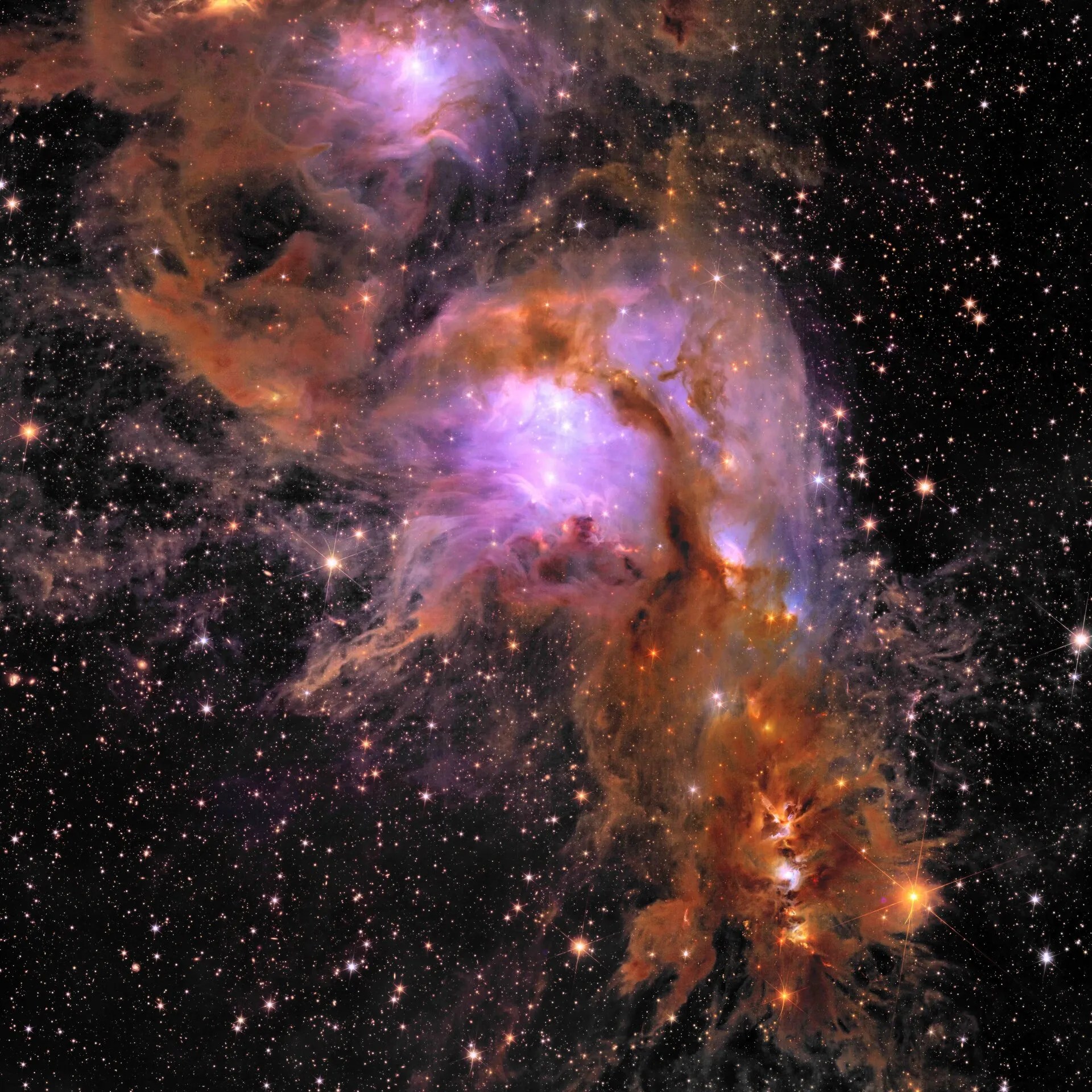
Amendment 19: D.18 Euclid General Investigator Program: Names must be omitted from References.

PACE Celebrates National Ocean Month With Colorful Views of the Planet
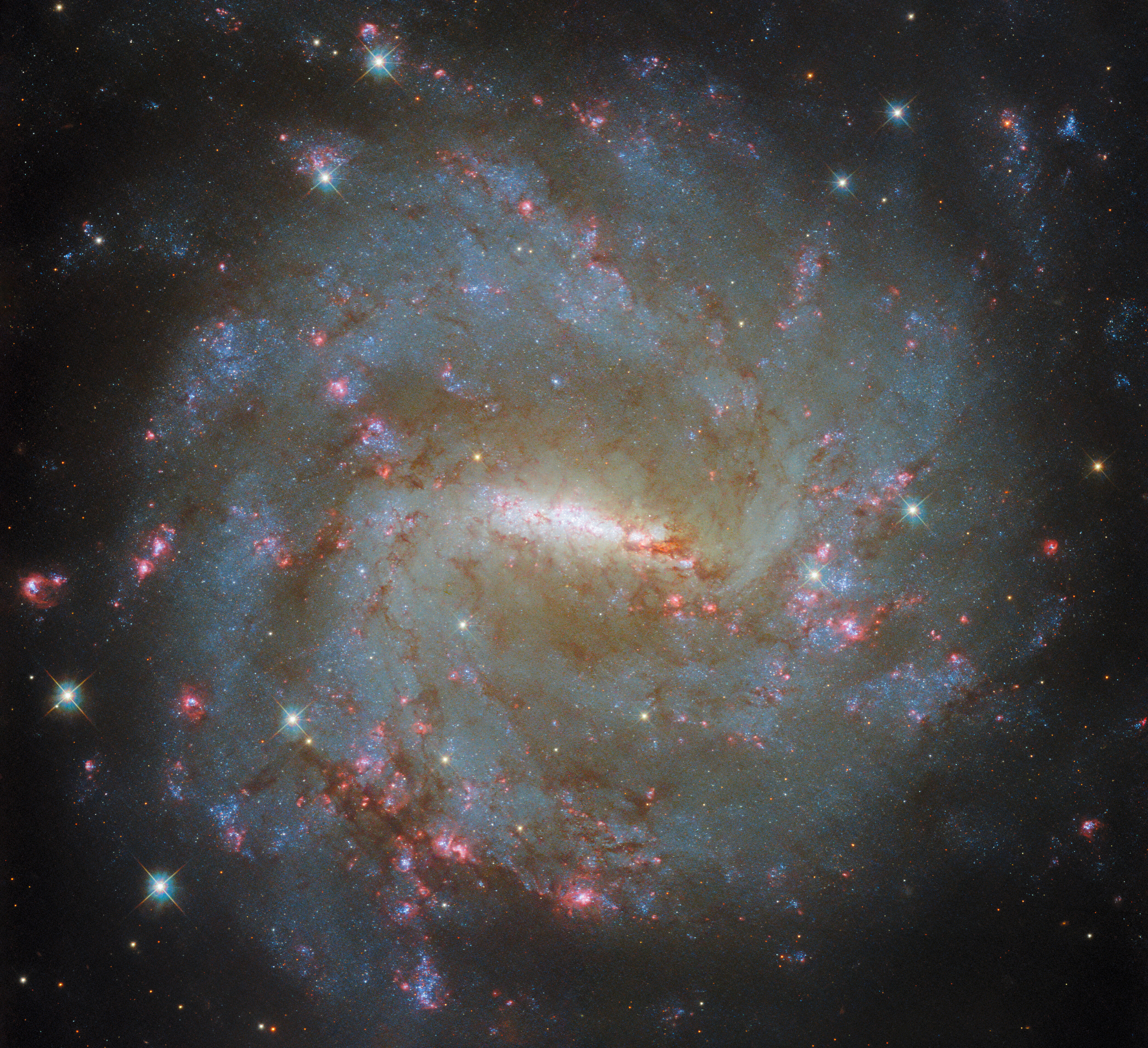
Hubble Examines a Barred Spiral’s Light

NASA Astronauts Practice Next Giant Leap for Artemis

Former Astronaut David R. Scott


Space Station Research Advances NASA’s Plans to Explore the Moon, Mars

NASA Mission Flies Over Arctic to Study Sea Ice Melt Causes

Webb Finds Plethora of Carbon Molecules Around Young Star

Solid State Quantum Magnetometers—Seeking out water worlds from the quantum world

C.12 Planetary Instrument Concepts for the Advancement of Solar System Observations POC Change

The Big Event, 2025

Black Hole Week

Amendment 20: F.20 MOSAICS Seed Funding formerly SMD Bridge Program Seed Funding Final Text.

ARMD Solicitations

Winners Announced in Gateways to Blue Skies Aeronautics Competition

NASA, Industry to Start Designing More Sustainable Jet Engine Core

B.10 Heliophysics Flight Opportunities Studies Correction

Tech Today: Measuring the Buzz, Hum, and Rattle

Artemis Generation Shines During NASA’s 2024 Lunabotics Challenge

NASA Marshall Engineer Receives AIAA Honors Award

Meet the Simunauts: Ohio State Students to Test Space Food Solutions for NASA

Diez maneras en que los estudiantes pueden prepararse para ser astronautas

Astronauta de la NASA Marcos Berríos

Resultados científicos revolucionarios en la estación espacial de 2023
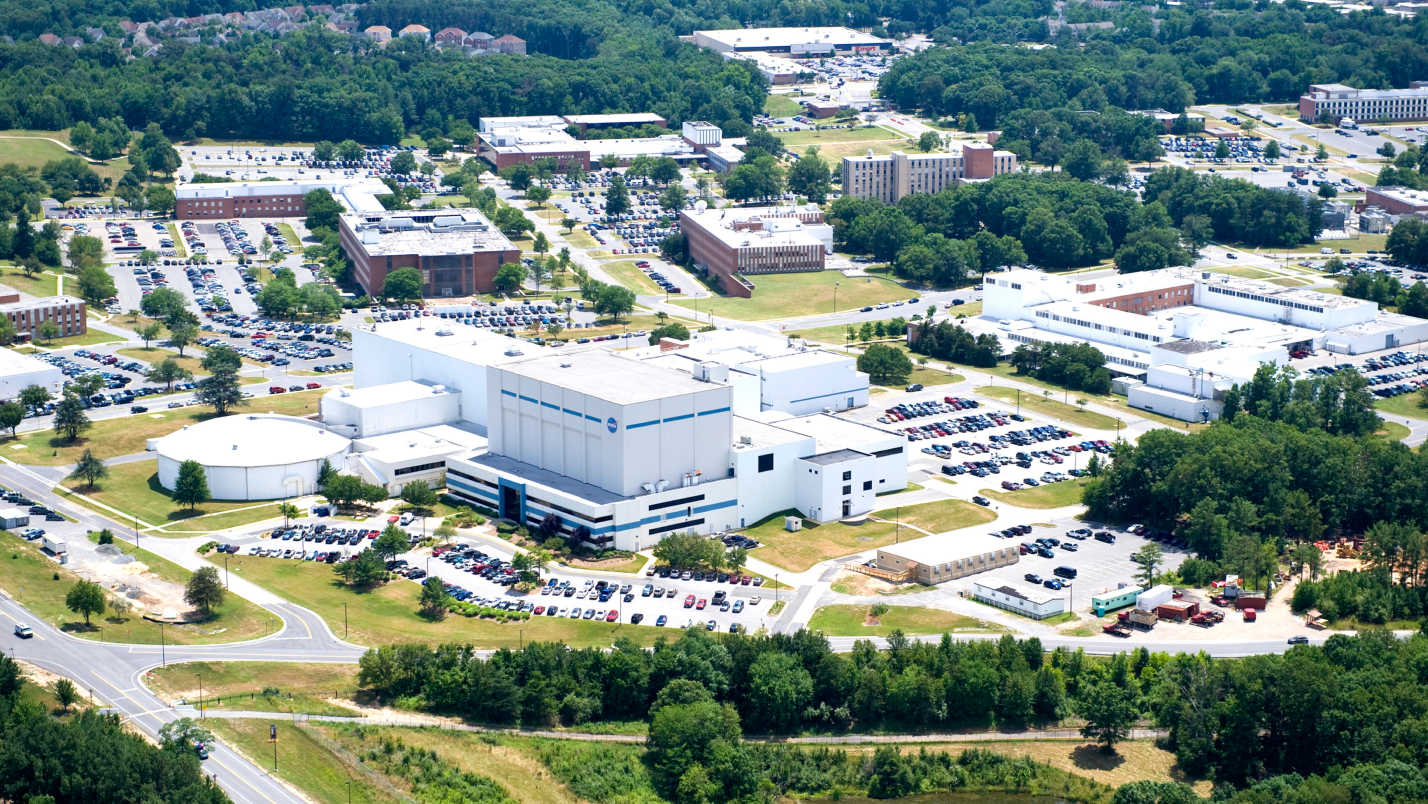
Goddard Space Flight Center
Goddard is NASA’s premiere space flight complex and home to the nation’s largest organization of scientists, engineers, and technologists who build spacecraft, instruments, and new technology to study Earth, the Sun, our solar system, and the universe.
Greenbelt, Maryland
May 1, 1959
Dr. Makenzie Lystrup
Latest Goddard News

Ted Michalek: Engineering from Apollo to Artemis
NASA’s Hubble Temporarily Pauses Science

NASA Awards Advance Technologies for Future Habitable Worlds Mission
Visit Goddard
Explore exhibits of spacecraft and technology at the Goddard Visitor Center in Greenbelt, Maryland.
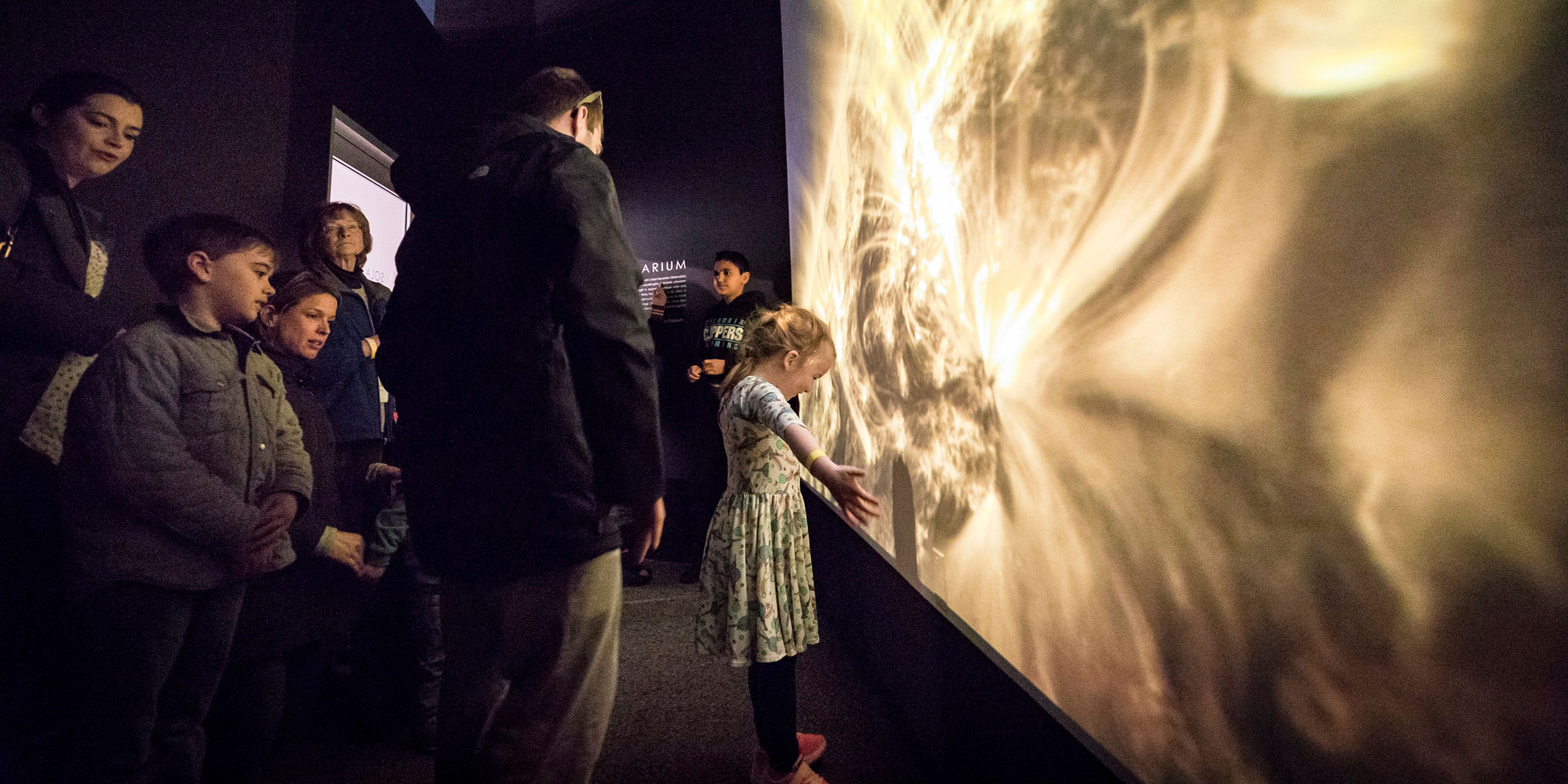
Focus Areas and Capabilities
Goddard plays a pivotal role across all aspects of NASA missions, from development to de-orbit.
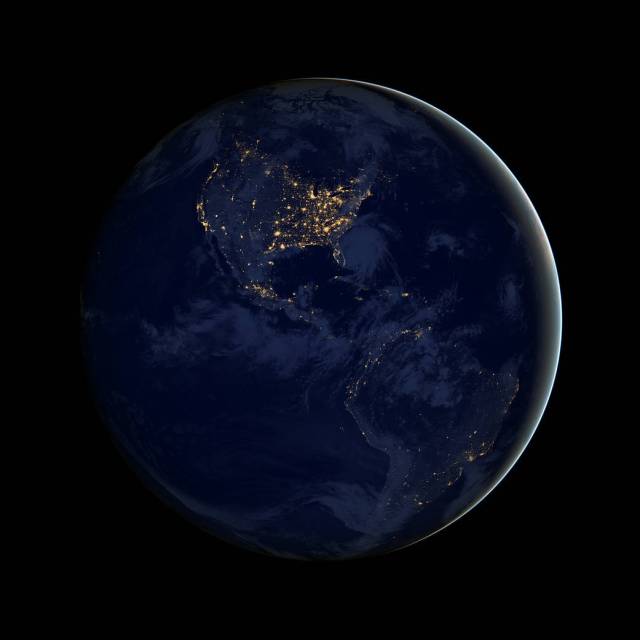
Earth and Climate
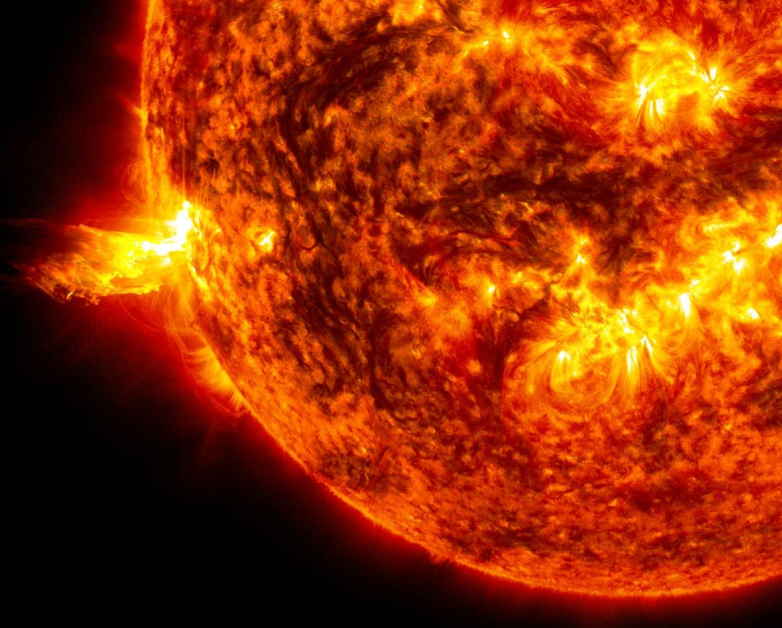
Technology Development
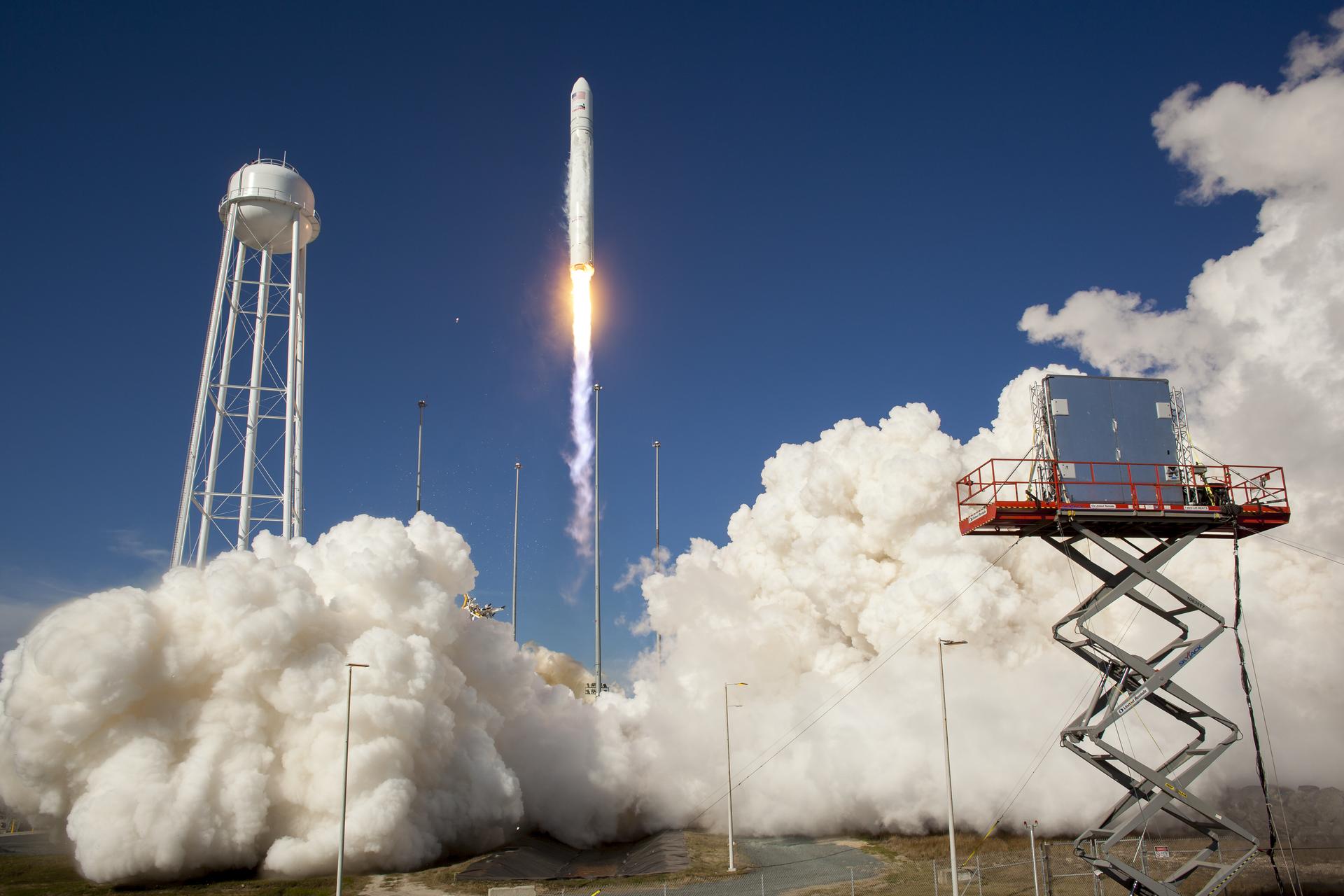
Launch Range
Latest videos from goddard.
People of Goddard
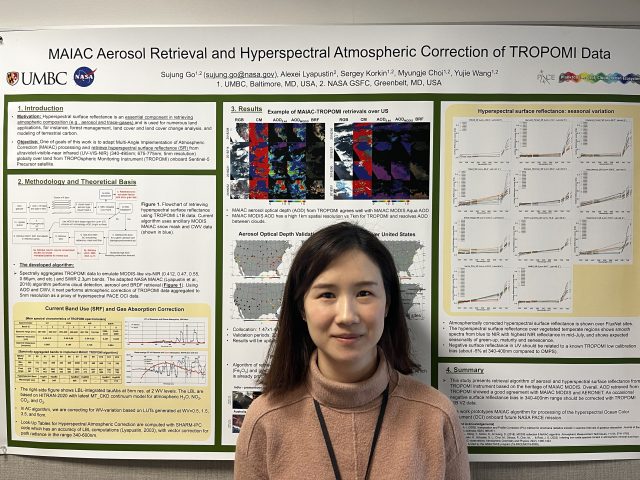
PACE Mission’s Sujung Go: Helping Humanity and the Environment
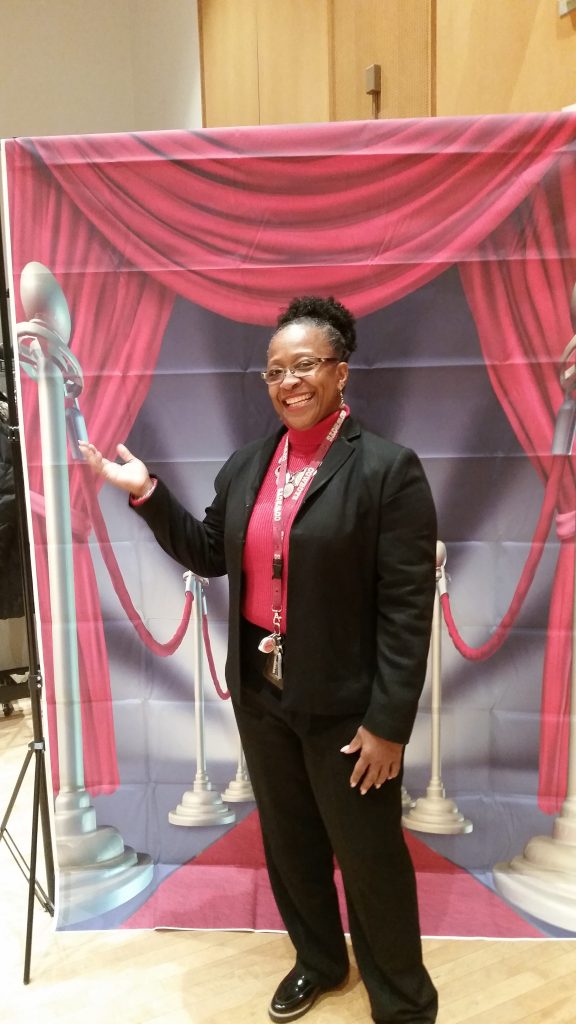
Sislyn ‘Pauline’ Barrett: Procuring the Perfect Engineering Services
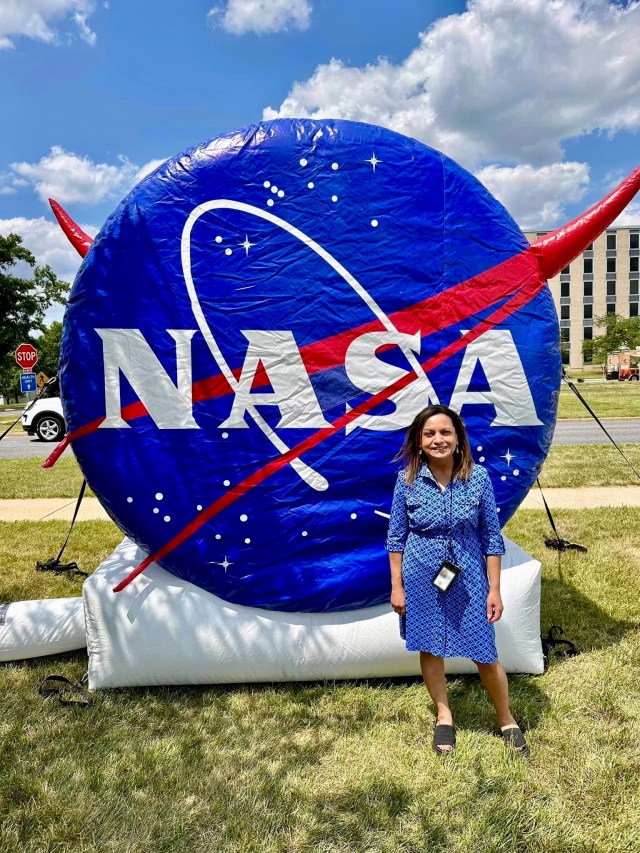
Rita Owens: Keeper of NASA’s Digital Knowledge
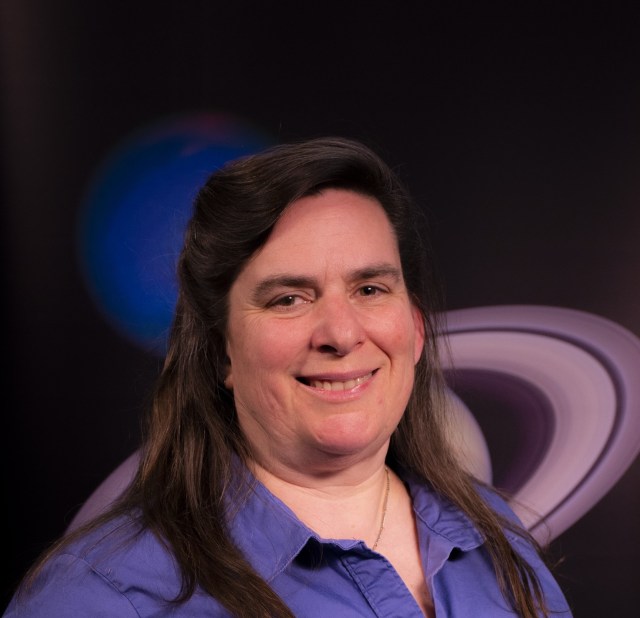
Lynn Bassford Prioritizes Learning as a Hubble Mission Manager

Javier Ocasio-Pérez Brings Teams and Missions Together
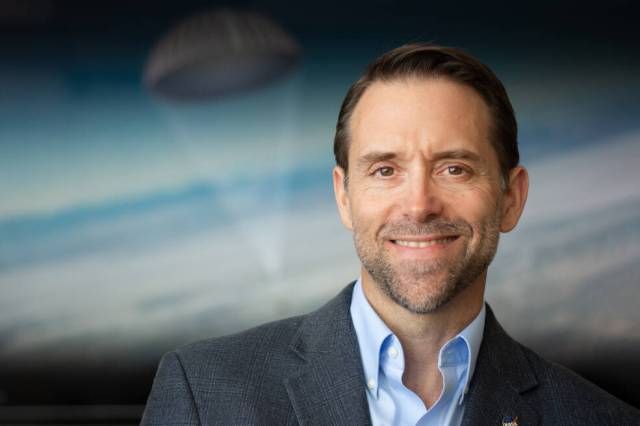
Mike Moreau: Bringing Bennu Back to Earth
History of goddard space flight center, pioneering spaceflight and innovation.
Named for American rocketry pioneer Dr. Robert H. Goddard, the center was established May 1, 1959, as NASA's first space flight complex.
Dr. Robert Hutchings Goddard (1882-1945) is considered the father of modern rocket propulsion. A physicist of great insight, Goddard also had a unique genius for invention. It is in memory of this brilliant scientist that NASA’s Goddard Space Flight Center in Greenbelt, Maryland, was established on May 1, 1959.
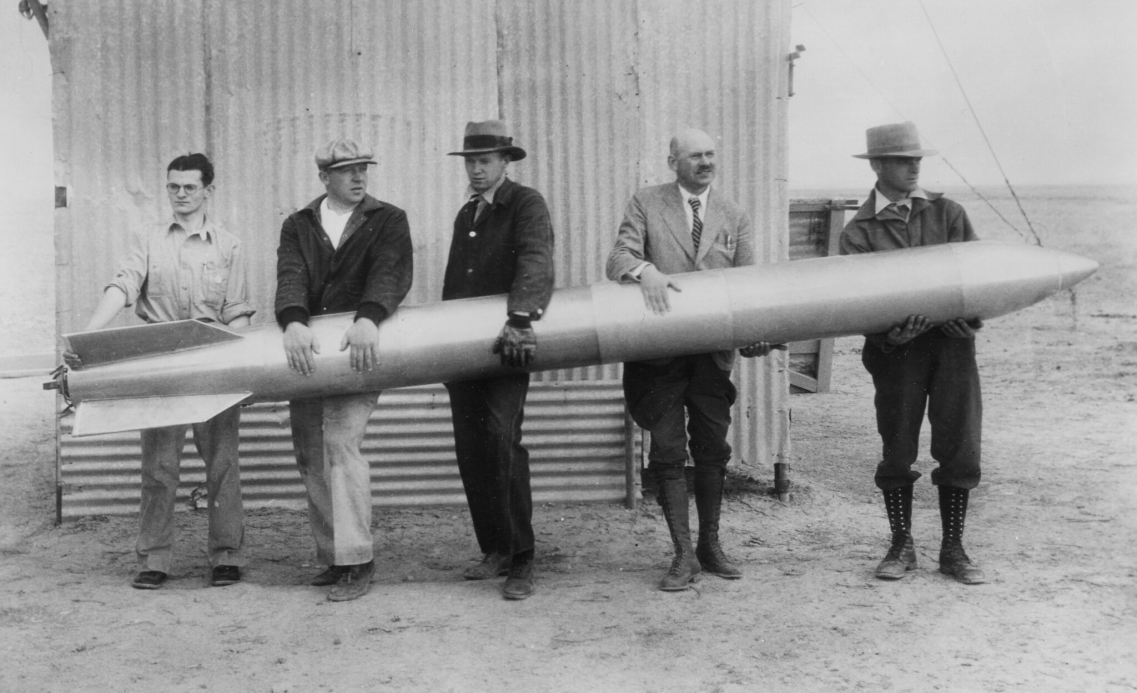
Goddard Facilities
Goddard institute for space studies.
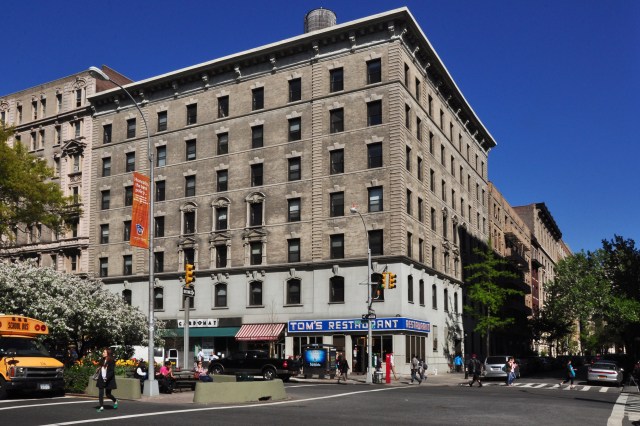
Wallops Flight Facility
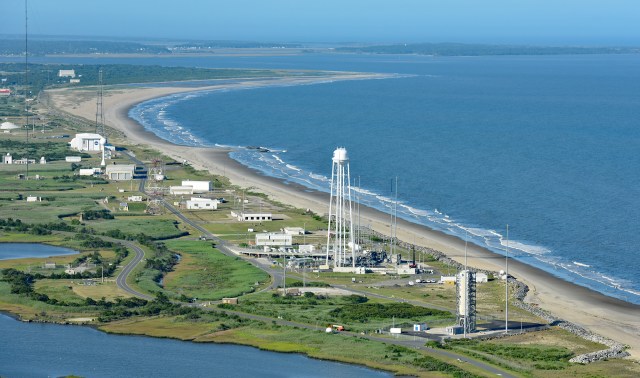
Katherine Johnson IV&V Facility
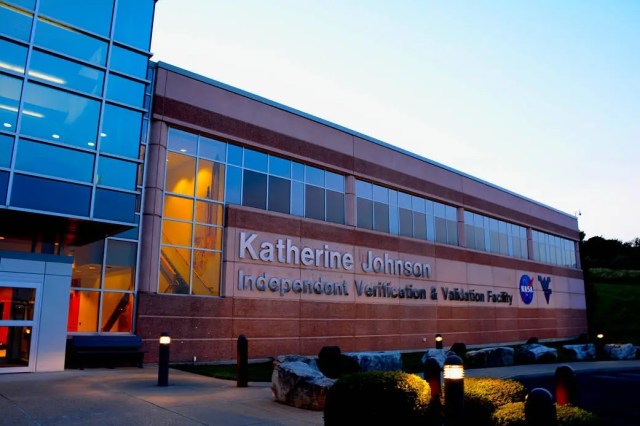
White Sands Test Facility
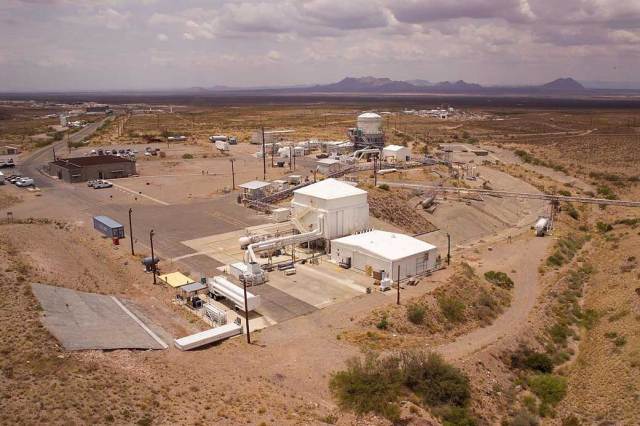
Columbia Scientific Balloon Facility
Goddard 2023 year in review.
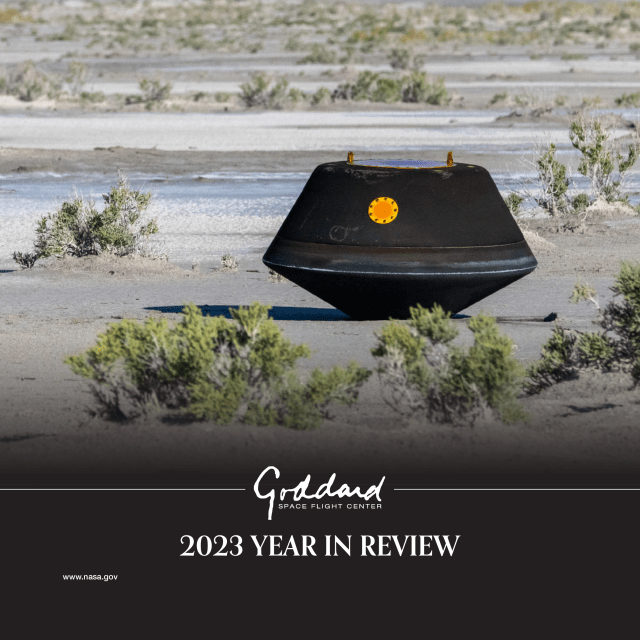
NASA's Curious Universe
Come get curious with NASA. As an official NASA podcast, Curious Universe brings you mind-blowing science and space adventures you won't find anywhere else. Explore the cosmos alongside astronauts, scientists, engineers, and other top NASA experts who are achieving remarkable feats in science, space exploration, and aeronautics. Learn something new about the wild and wonderful universe we share. All you need to get started is a little curiosity. NASA's Curious Universe is an official NASA podcast hosted by Padi Boyd and Jacob Pinter. Discover more original NASA shows at nasa.gov/podcasts
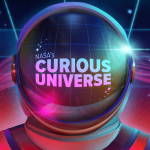
0:00 / 0:00
To the Stars with Jessica Watkins
More podcasts from nasa.
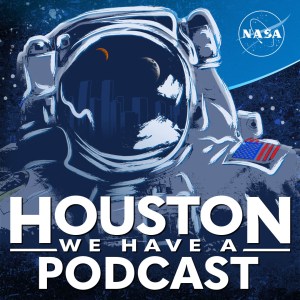
Houston We Have a Podcast
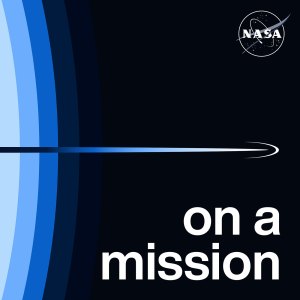
On a Mission
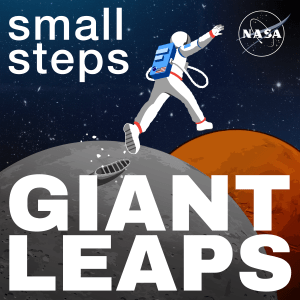
Small Steps, Giant Leaps
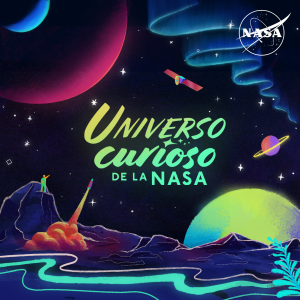
Universo curioso de la NASA
Other nasa centers.
Kennedy Space Center
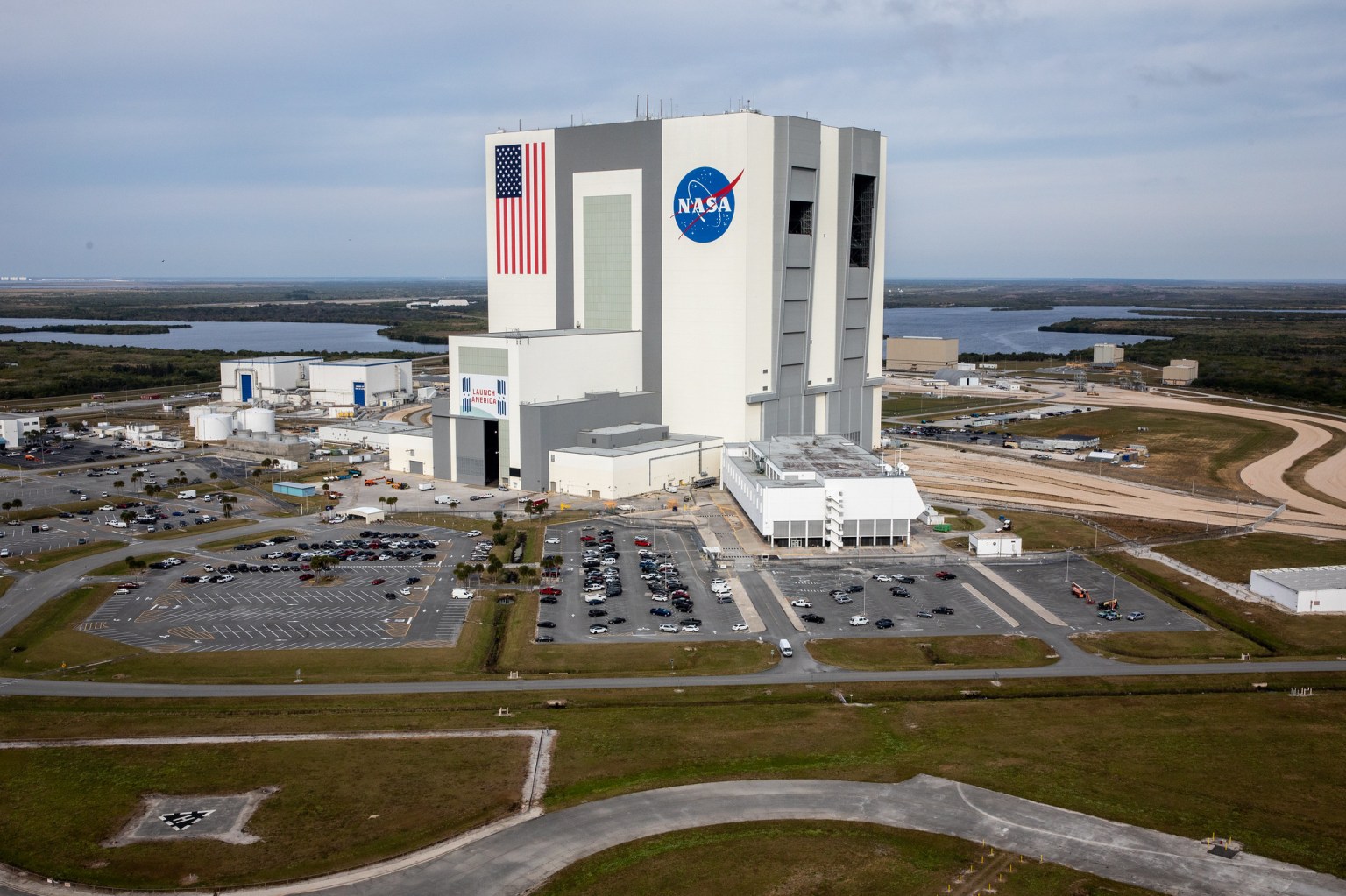
NASA Headquarters
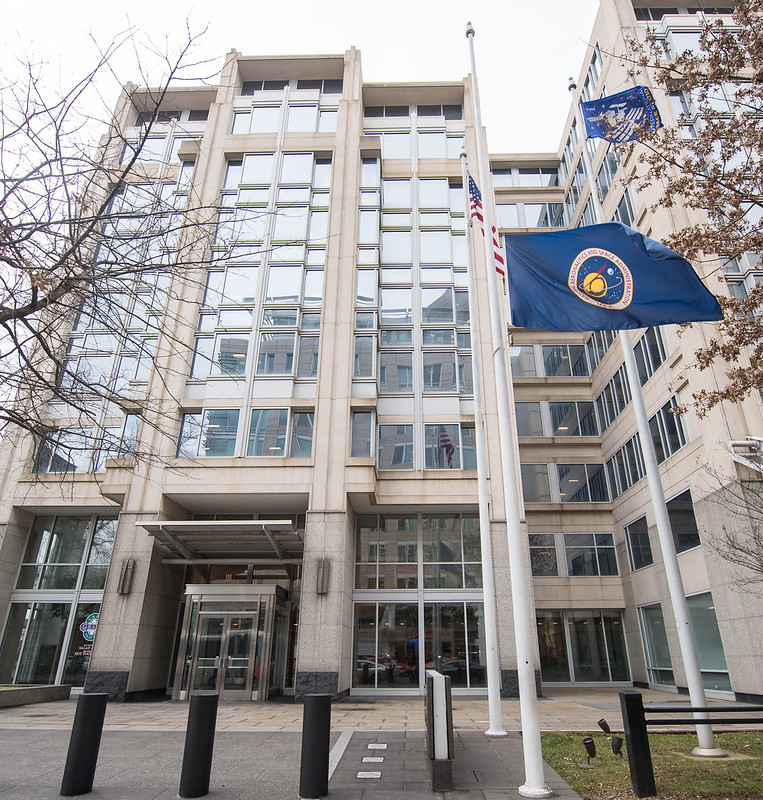
Marshall Space Flight Center
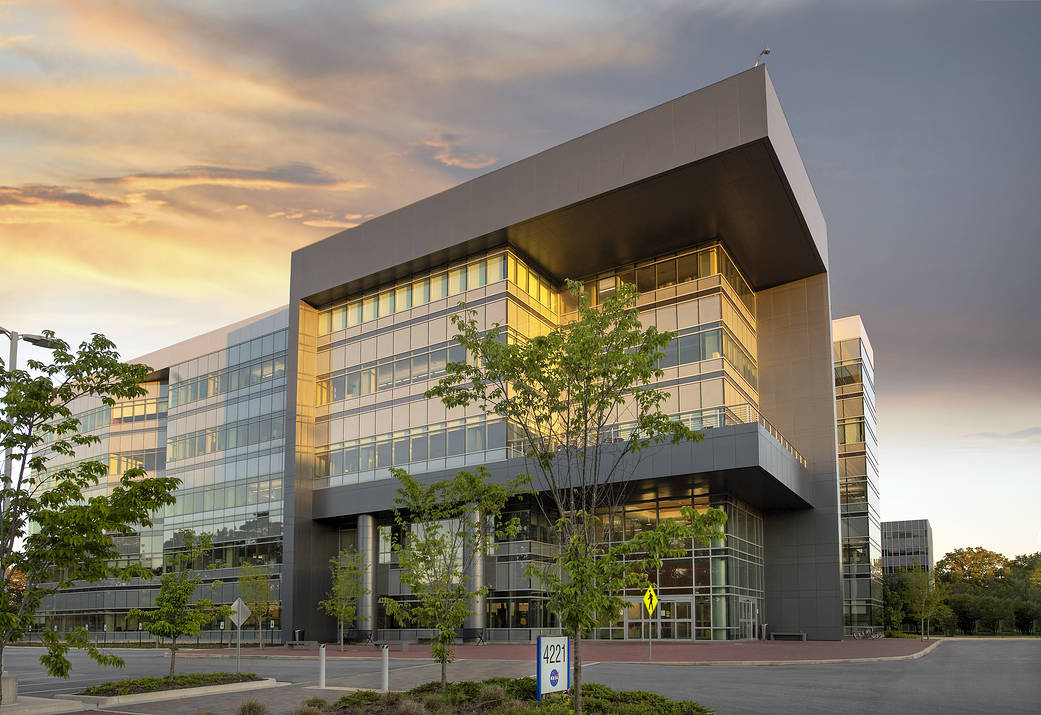
Johnson Space Center
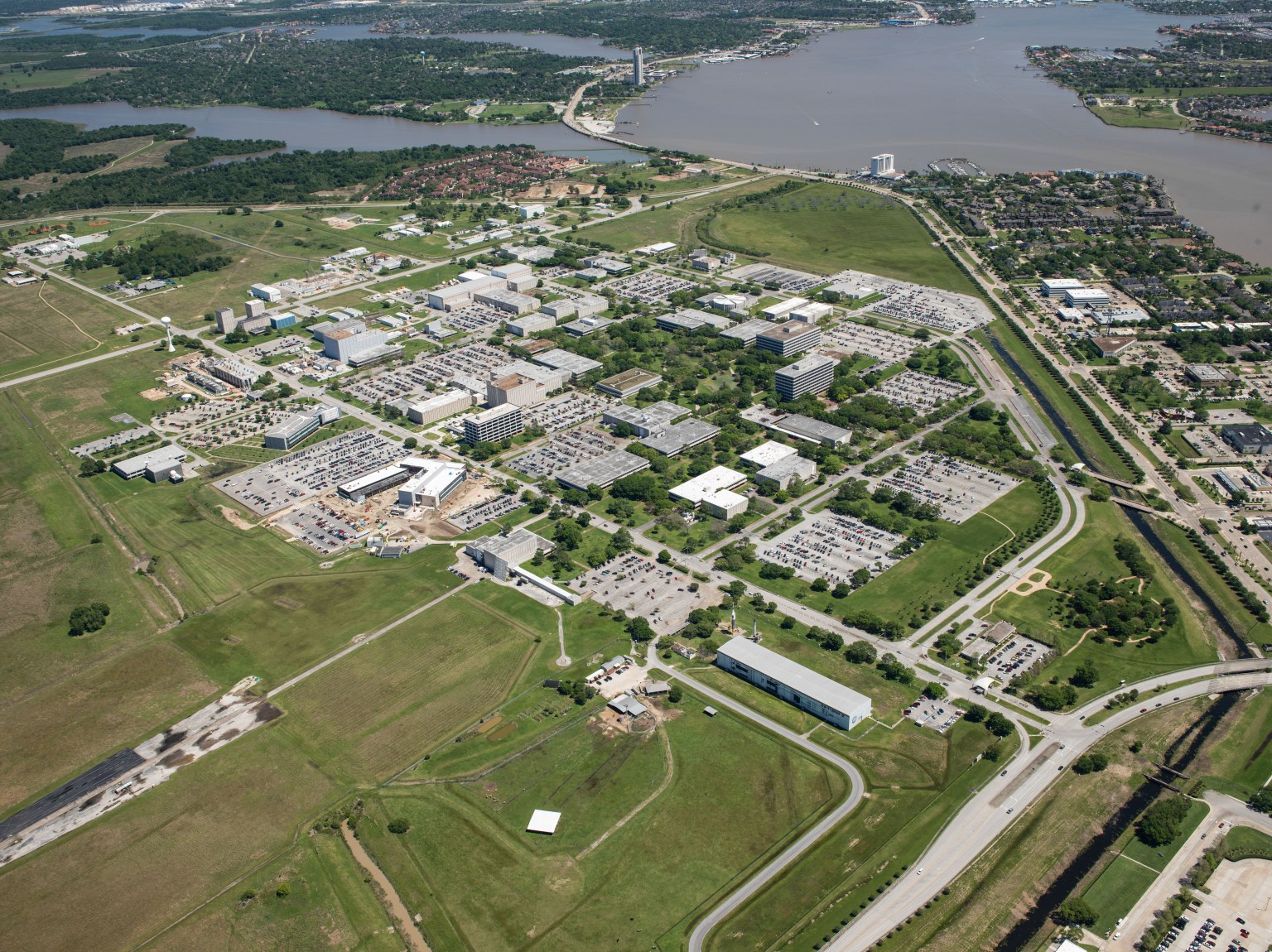
13 Behind-the-Scenes Secrets of NASA Mission Controllers
By suzanne raga | mar 2, 2017.
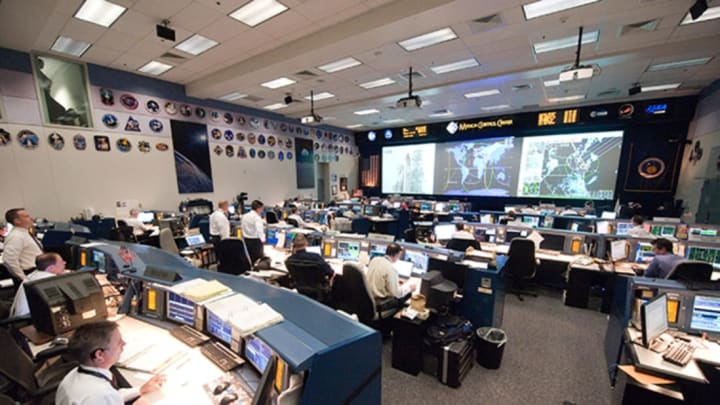
Films such as Apollo 13 , Armageddon , and The Martian depict NASA’s Mission Control Center as a place of high stress and nail-biting suspense. But what’s it really like to work there? We got the inside scoop from several current or former flight controllers at the Johnson Space Center's (JSC) Mission Control Center in Houston, Texas—NASA’s primary Mission Control Center for human spaceflight. (You might know it by its radio call sign “Houston.”) There, flight controllers are responsible for ensuring the safety of astronauts and spacecraft, monitoring the International Space Station (ISS), and providing constant operational support from the ground.
1. “FLIGHT CONTROLLER” IS A GENERAL TERM.
There are a variety of roles that are essential to making Mission Control run smoothly, and “flight controller” is an umbrella term that encompasses many of them. For each mission, a group of engineers, scientists, managers, technicians, biomedical engineers , quality control inspectors, and designers all work together to ensure the safety of astronauts and spacecraft. According to Ben Honey, a NASA ADCO (Attitude Determination and Control Officer) flight controller, team sizes vary from a skeleton crew—the minimum is six people—to more than a dozen individuals.
“A busy day (say, a vehicle docking or spacewalk) could have a full team of at least a dozen people in the front room and many more in support rooms,” Honey tells mental_floss. A skeleton crew, meanwhile, consists of six roles: Flight Director, Ground Control, ETHOS (Environmental Control Systems), SPARTAN (Power Systems), ADCO (Navigation Systems), and CRONUS (Data and Communications Systems), Honey says. But no matter how many people work in Mission Control at any given time, the ultimate responsibility is in the hands of the flight director, who manages the team of flight controllers.
2. THEY’RE YOUNG.

Kenneth Lu via Flickr // CC BY 2.0
According to NASA Vehicle Systems Engineer Holly Griffith , who worked as a flight controller for the Space Shuttle Electrical Power System at the Johnson Space Center from 2004 until 2012, people are often surprised to learn how young most flight controllers are. “I was 25 when I started, and the majority of my colleagues were similar ages,” she tells mental_floss. Even during Apollo 11—the 1969 NASA mission that landed the first two humans on the moon—the average age in the control room was just 28 years old .
That youth can be a big asset when it comes to working the long hours required of the job. As Griffith points out, young flight controllers who lack the added responsibilities of marriage and children are often more willing (and able) to work nights, weekends, and holidays. (It’s not so much that NASA specifically recruits young people for the job, interviewees say, as that young people are more likely to apply.)
3. GETTING THEIR JOB IS NO EASY FEAT.

Shannon Moore via Flickr // CC BY 2.0
Flight controllers at NASA come from a variety of educational backgrounds, but most earn degrees in STEM fields (science, technology, engineering, or mathematics). Some flight controllers earn additional degrees in business or communications, which may help prepare them for the job’s high level of cooperation and demanding team management responsibilities. After completing their education, grads who want to work in Mission Control may apply to a NASA internship or work for a NASA contractor that provides personnel to NASA.
Once they get their foot in the door at NASA, aspiring flight controllers must complete up to a year of rigorous training. Depending on the team they want to join, most new hires take classes, get tested on what they’ve learned, and take part in simulations that help them practice how they would respond to surprises such as malfunctioning equipment, a debris strike, depressurization, or a fire. They’re also observed by supervisors while they learn to carry out tasks. The end result of the training process is certification, which is highly individualized depending on which role a flight controller is aiming toward. Once certified, the flight controller is responsible for carrying out their job duties without a supervisor watching over them.
4. COMMUNICATION SKILLS CAN MAKE OR BREAK THEM.
Forget the stereotype of a nerdy scientist who doesn’t speak or interact well with others. While flight controllers are first and foremost engineers, responsible for applying an enormous amount of technical knowledge, good communication skills are equally important.
“For a job in engineering, communication was just as much a part of the job as technical knowledge,” Griffith explains. “We were set up in the room by our systems, and if something in the power system fails that cuts power to a fan in the environmental system, I may need to be able to explain higher-up electrical concepts to the environmental person and they will need to tell me why it's important that we get the fan back ASAP.” The ability to communicate accurately and succinctly with colleagues, especially under pressure if a major failure occurs, is vital. “Much of our training is spent on good communication and our communication skills are a huge part of our feedback and could even fail you in the certification flow if not good enough,” Griffith says.
5. THEY SPEND A LOT OF TIME DOING PAPERWORK.

Kenneth Lu via Flickr // CC BY-NC 2.0
“Much of a flight controller’s job is paperwork and the integration and coordination that go along with that paperwork,” NASA flight controller Robert Frost writes on Quora. When Space Shuttle missions were still running (the Shuttle retired in 2011), that paperwork could start years before a mission. Even today, tiny changes in the technology or software used aboard the ISS can involve multiple international stakeholders, all of whom need to be kept informed via paperwork.
Once a mission begins, flight controllers are also "sitting console”—being perched at a large desk with multiple monitors receiving data from equipment in space. Their job is to continuously monitor that data, and make sure each piece of equipment is working as it should be. That way, Mission Control on the ground stays connected to what’s going on up above.
Even then, "we're always doing paperwork—we're constantly keeping a log," Griffith says. "We have a Word template that logs MET (Mission Elapsed Time) and GMT of every call/action from/to the crew, other flight controllers, the Flight Director, etc. We log everything and the other team reads this during handovers."
6. THEY DON’T GET MUCH VITAMIN D.

Getty Images
Because the ISS is a 24/7/365 operation, Mission Controllers are used to working in a dark room, seeing only the artificial light emitted by their monitors. “Most of us have engineering degrees so are already used to working nights during college or in labs doing research, so this part [of the job] doesn’t really take much adjustment,” Honey says.
But while they might miss seeing sunlight stream through the windows, Mission Controllers do have ways to get some Vitamin D. “We don't have to sit inside Mission Control for our nine hour shift without leaving," explains Honey. "On most shifts (but not all), there are times we can take a break, and I will often go for a short walk outside to get some sun if it is a day shift.”
7. BAD WEATHER IS ONE OF THEIR BIGGEST CHALLENGES.
If a hurricane or other natural disaster strikes Houston and shuts down power to Mission Control, NASA has a backup control center at the Marshall Space Flight Center in Huntsville, Alabama. According to ISS flight controller Pat Patterson, who works at Marshall but is part of the Mission Control team in Houston, one of their greatest challenges is dealing with weather. “Since our control room operates around the clock, 365 days a year, and we are in Alabama, even snow and ice can result in issues getting to and from work,” she reveals in a Reddit AMA. “When hurricanes shut down Mission Control at JSC in Houston, key flight controllers came here to use a backup control room.” And if that backup center in Huntsville loses power or undergoes major maintenance, flight controllers have yet another backup location in Huntsville they can head to. “It’s small and only has enough space for a bare-bones team, but it works,” Mason Hall, another ISS flight controller, writes on Reddit .
8. COFFEE AND SNACKS KEEP THEM GOING.
With limited breaks and long shifts, people who work in Mission Control turn to caffeine and snacks to help them stay alert. “As with any 24/7 ops facility, food and coffee are a big part of what keeps us going,” Honey says. “People often bring in lots of goodies for big events. Sometimes we will have a special cake for a crew’s undocking day, for example. But we also just like to stock snacks at the consoles to get us through the night shifts.”
9. THEY’RE INTIMATELY ACQUAINTED WITH ACRONYMS.

To work in MCC at NASA, you’ve got to be good with acronyms. Flight controllers speak (and think) in abbreviations, such as FDO (Flight Dynamics Officer), EECOM (Electrical, Environmental, and Consumables Manager), PDRS (Payload Deploy Retrieval System), and MMACS (Maintenance, Mechanical, Arm, and Crew Systems). Flight controllers even have acronyms on their consoles , which describe the function they’re associated with (and sometimes the call signs by which they're known).
Do all the acronyms ever confuse laypeople? As Hall says: “I have a friend who misreads my ‘ISS’ tweets as ‘ISIS’ every now and then, and it makes me laugh!”
10. GENDER IS LESS OF AN ISSUE THAN IT ONCE WAS.
All flight controllers at NASA were male until 1972 , and all flight directors were male until 1991. But today NASA makes an effort to be diverse. According to Griffith, who has had four female managers, gender was fairly mixed during her time at mission control. “I feel like I’ve been so lucky at NASA—at one point our group was 50/50 men/women.”
“Could we be doing better?" she asks. "Yes, but that brings up another question—overall fewer women tend to go into things like mechanical engineering (in the U.S.). When I graduated women were 20% of engineering grads … that number isn’t much different now.”
11. THEY HAVE MIXED FEELINGS ABOUT THE MOVIES THAT DEPICT THEM.
Mission Controllers are divided about movies that depict them and their colleagues, arguing that some films are accurate in their portrayals while others are laughably inaccurate. “Honestly it depends. The Martian was fantastic and Andy Weir did an amazing job researching before he wrote the book. Apollo 13 was also great,” Griffith says.
Her take on Armageddon ? “Nah. I mean I liked the film but if what you’re going for is realism I wouldn’t pick that one,” she says.
12. THEY HAVE THEIR OWN CREED.
Given the huge responsibilities they shoulder, flight controllers take their job seriously. So seriously, in fact, that they have their own creed , which is posted in Mission Control. Besides pledging to strive for discipline, teamwork, and toughness, the flight controller’s creed acknowledges the privilege (and burden) of holding people’s lives in their hands; they pledge “To always be aware that suddenly and unexpectedly we may find ourselves in a role where our performance has ultimate consequences.”
13. THEY MARVEL AT HOW INCREDIBLE THEIR JOB IS.

Working for NASA is a normal job with coworkers, bosses, and a paycheck, but the surreal nature of supporting space missions does hit flight controllers from time to time. Besides helping to advance our understanding of science, technology, and space exploration, flight controllers have the privilege of communicating with humans who live and work approximately 250 miles above the surface of Earth.
“Sometimes, it’s really crazy to think about what we actually do for a living,” Hall writes. “Sometimes we go outside and watch the ISS fly over at dusk. We see it soar across the evening sky like a really bright star, and then we can go inside our control center and watch live video from inside that bright point of light and see the astronauts floating around and performing science experiments. It really blows your mind!”
International School of Innovations and Space Education, Russia
Cosmonaut training center.
WELCOME TO THE SPACE CAMP RUSSIA!
THIS WEB-SITE IS IN ENGLISH LANGUAGE ONLY. TURN-OFF AUTO-TRANSLATION IN YOUR BROWSER.
Specifically for the lady that we met on June 7th 2024 while she was leaving Russia that day - you are very welcome to bring group of students to Space Camp Russia from SA!
We offer you a RUSSIAN SPACE CAMP experience at the world's number one Yu. Gagarin Cosmonaut Training Center, Russia. It is a unique place where you can experience Soviet Union/Russian space development — from its dramatic past and exciting present to its compelling future. It is one of the places on Earth where visitors can see International partners’ astronauts and cosmonauts train together for their space missions. Cosmonaut Training Center will tell you the story of former USSR space history and current Russia’s manned space flight program, giving guests an out-of-this-world experience like no other.
All Space Camp activities are implemented at Russian Cosmonaut Training Base where Russian and USOS (United States Orbital Segment including ESA, JAXA and Canada modules) cosmonauts and astronauts are trained for their long-duration missions to the International Space Station.
Yu. Gagarin Cosmonaut Training Center is just 25 km east of Moscow City.
ALSO JOIN US FOR INCREDIBLE MANNED SOYUZ ROCKET LAUNCH
You will see : Soyuz vehicle trainers (Rendezvous and docking trainers, ATV trainer), Centrifuge, Hydro Lab (simular to NBL at Johnson Space Center).
Extra training facilities include : full-scale Russian Segment of International Space Station trainers (including Service module «Zvezda», Functional-Cargo module «Zarya» (FGB), m ini-research modules (MRM-1 and MRM-2) , Docking Compartment (DC1) and Multifunctional Laboratory module); full-scale "MIR" station mock-up, Star City Yuri Gagarin museum with its 4 different halls.

IMAGES
VIDEO
COMMENTS
Tickets are $199.95 per person, per tour. The maximum group size is 10. Check-in is 15 minutes prior to the start of the tour at the Space Center Houston Guest Services Desk. Your NASA VIP Tour reservation includes general admission to Space Center Houston. Before or after your tour, take time to explore the center which is home to more than ...
(NASA only allows 12 Level 9 tour members each day and it's steep at $89.95 per person, but the small private group and the access you are granted I found to be well worth it if you are at all interested in space.) When I arrived at the Johnson Space Center for my tour, I skipped the ticket lines outdoors and went directly inside to the ...
Space Center Houston: The "Level 9 VIP tour" was awesome and we LOVED it! - See 9,922 traveler reviews, 8,292 candid photos, and great deals for Houston, TX, at Tripadvisor. ... We got to go "behind the scenes" onto Johnson Space Center, which is adjacent to Space Center Houston. Went into many buildings, drove around the base, went in the ...
Get unprecedented behind-the-scenes access to astronaut training facilities with NASA VIP tours! Only Space Center Houston provides unprecedented access to the historic NASA facilities where astronauts work and train. See the exciting future and historic feats of space exploration aboard NASA VIP Tours. Hop on our air-conditioned VIP bus and go to iconic locations at NASA Johnson Space Center ...
The main attraction, though, is a tram tour that gives guests an overview of the sprawling 1,620-acre complex. It's included in the price of admission, but for an additional fee you can join the "Level 9" tour, which offers smaller group sizes and access to areas not normally visited by the general public.. I debated the price tag for the Level 9 tour while drooling over the thought of ...
Those willing to shell out a little extra for a truly once-in-a-lifetime experience will have the option of enjoying a delicious catered lunch with an astronaut, or going on a Level 9 Tour, a VIP guided tour (that can last up to five hours) of the NASA Johnson Space Center.
Level 9 VIP tour worth every penny. My recent tour of the Johnson Space Center was fantastic. After trying to digest all the information on their website, I decided to take the plunge and do the all day Level 9 VIP tour. This tour is limited to only 2 groups of 12 participants. The information and access that this provided was quite amazing.
Additional ticket options include the Level 9 VIP Tour, which provides behind-the-scenes access to the Johnson Space Center ($179.95; must be at least 14 to participate); and Lunch with an Astronaut ($69.95 for adults, $35.95 for children ages 4 to 11; includes admission to Space Center Houston), in which an astronaut shares a catered lunch ...
A guided (Level 9) tour of Space Center Houston - NASA Johnson Space Center - Mission Control Center - Nov 2016
Space Center Houston: The "Level 9 VIP tour" was awesome and we LOVED it! - See 9,742 traveler reviews, 8,246 candid photos, and great deals for Houston, TX, at Tripadvisor.
Visit Johnson. Virtual Tours; Space Center Houston; Johnson Space Center. For more than half a century, NASA's Lyndon B. Johnson Space Center in Houston has led our nation and the world on a continuing adventure of human exploration, discovery and achievement. ... a Biosafety Level 2 facility, is a critical component of the Human Health and ...
If you still have questions about your visit, you can contact the Space Center by e-mail or phone. Contact e-mail addresses are [email protected] or [email protected]. The phone number is +1 281-244-2100. In my experience, e-mail was the fastest way to reach them for specific queries.
1601 E NASA Parkway, Houston, TX 77058. OPERATING HOURS. GET TICKETS. FIND A HOTEL. Space Center Houston, NASA Johnson Space Center's Visitor Center and Houston's only Smithsonian Affiliate museum, inspires wonder in space exploration.
The SAIL — or Shuttle Avionics Integration Laboratory — is set to become the newest stop on tours of the Johnson Space Center here ... or go further in the SAIL on the premium "Level 9" tour.
Space Center Houston is at 1601 NASA Pkwy. Level 9 Tours take place weekdays at 11:45 a.m. with additional tours offered at 10:45 a.m. on Mondays and Fridays. Tickets cost $99 and include a discounted 2-day admission to Space Center Houston, and an exclusive behind-the-scenes one-day VIP tour of NASA withi lunch at Johnson Space Center.
Nasa Level 9 Tour at Houston Johnson Space Center
From NASA: "The Level 9 Tour costs $179.95 beginning with Jan. 1, 2018 tours and includes a discounted two-day admission to Space Center Houston and an exclusive behind the scenes one-day VIP tour of NASA with lunch at the Johnson Space Center." Don't want to spend that much - it is a lot of money, but certainly compares to many other day trips ...
In order to visit Johnson Space Center, you must book a tour through Space Center Houston, so it's best to plan a visit to both on the same day. Block at least six hours to visit Johnson Space Center and Space Center Houston. You could easily spend this long in just Space Center Houston, but a six-hour day will leave you 'spaced out.'.
The buildings in the Johnson Space Center house facilities of the National Aeronautics and Space Administration 's human spaceflight activities. The center consists of a complex of 100 buildings constructed on 1,620 acres (656 ha) [1] located in southeast Houston, Texas . A typical building at Johnson Space Center is numbered and not named.
1601 E NASA Parkway, Houston, TX 77058. OPERATING HOURS. GET TICKETS. FIND A HOTEL. Visit and immerse yourself in the past, present and future of space exploration.
Goddard Visitor Center; Virtual Tours; Maps and Directions; ... It is in memory of this brilliant scientist that NASA's Goddard Space Flight Center in Greenbelt, Maryland, was established on May 1, 1959. ... Johnson Space Center. The National Aeronautics and Space Administration.
According to NASA Vehicle Systems Engineer Holly Griffith, who worked as a flight controller for the Space Shuttle Electrical Power System at the Johnson Space Center from 2004 until 2012, people ...
Gagarin Cosmonaut Training Center, Russia. It is a unique place where you can experience Soviet Union/Russian space development — from its dramatic past and exciting present to its compelling future. It is one of the places on Earth where visitors can see International partners' astronauts and cosmonauts train together for their space missions.